
/spek/
In hope of success without any commission or instruction.
We are a fashion, beauty, lifestyle, and cultural publication focused on individual and creative expression.
Cover Image by Jacob Hollens


/spek/
In hope of success without any commission or instruction.
We are a fashion, beauty, lifestyle, and cultural publication focused on individual and creative expression.
Cover Image by Jacob Hollens
SHAUDEH FARJAMI & ANNABELLE LE ROUX EDITORS IN CHIEF
YUMEI SHI & NICOLE LEIHE CREATIVE DIRECTORS
SAMANTHA LEE
VICE PRESIDENT OF WRITING
ASAKO ISHIBASHI & FELIPE MAC ALLISTER
VICE PRESIDENTS OF PHOTOGRAPHY
MAYA MAZOR
VICE PRESIDENT OF PR
SOPHIA KETTERER & TRISHA VARIYAR
VICE PRESIDENTS OF FUNDRAISING AND EVENTS
NATAISIA HAMBIDGE
VICE PRESIDENT OF WEB DESIGN
ANNIE KERSTEN BRITTANY SHI
DUNCAN CARSWELL
KATE D’AMARO
OONA TAYLOR
SHYLOH KOO
ALEXA BOURNAZOS
AVA KESHAVARZI
CECILIA MENDEZ COMAS
EVA KRACHT
GEORGIA LAGERWEIJ
JULIANNE TAGER-GEFFNER
MARIA LAGUNA
NIKI SAMUDRALA
PHOTOGRAPHY
BECCA SPEIER
CHLOE LEE
EMILIA GARZA T.
JACOB HOLLENS
SELAH FELKINS
SKYLAR SEPULVEDA
ZEINA LEE PR
KATE D’AMARO
SYDNEY GOTTLIEB
ANISA DIAMOND
AVA KESHAVARZI
ISABELLA BALIKIAN
KIRA RASHEED
STELLA BRUCE
TIARA JAIN
AJ DOMINGO
ALESSANDRA GALLO
ANISA DIAMOND
CATE HEWITT
NEHA SARWAL
OONA TAYLOR
ZAYANE EL SOLH
We are incredibly excited to present to you Issue 13 of SPEC Magazine.
As a team with new Editors-In-Chief, and many new heads of department and general members, it is somewhat ironic that we have approached this issue through the lens of the theme, “Again and Again”. Nonetheless, with a new team comes a fresh opportunity to reflect on our past and look forward to the future of SPEC Magazine.
We are committed to maintaining our roots as an editorial print magazine that offers diverse perspectives on fashion, culture and lifestyle from the heart of the USC community: its students. This semester has been approached with energy, enthusiasm, spirit and vigor. We’ve dove into hard-hitting and relevant issues in popular culture such as “what does it mean to dress like an American?” in light of the recent election, and “how have women been historically excluded from sports?”, spotlighting some of our favorite female athletes on a global scale and right here on campus.
Through this exploration, we have discovered that no concept is ever completely new. We are modern, dynamic changemakers, but we are also a product of our past and history. This intersection of past, present and future has been recorded in the pages of this magazine.
Before taking on the role of Editors-In-Chief, our friendship took root as members in the writing team. No feeling replaces the excitement of working creatively on a stimulating and spirited issue with strangers who turn to friends by the end of the process. After sharing a positive and magnetic experience as members, it was a no-brainer that we would make a powerful duo leading the organization. We hope to give the same energy and experience that we gained to the new members, so they too will be inspired and influenced by their peers as we were.
We have approached this issue with a team of fresh eyes, prioritized fostering an inviting, social environment. With a team of aspiring industry creators beaming with talent, we have created a team where all members can learn from one another. This process is not easy but incredibly rewarding in light of seeing the final product.
We hope you agree and enjoy Issue 13 as much as we have enjoyed curating it for you!
Yours,
Shaudeh Farjami & Annabelle Le Roux Editors-In-Chief
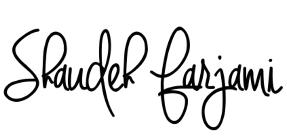
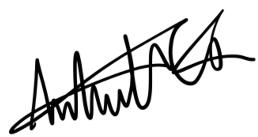

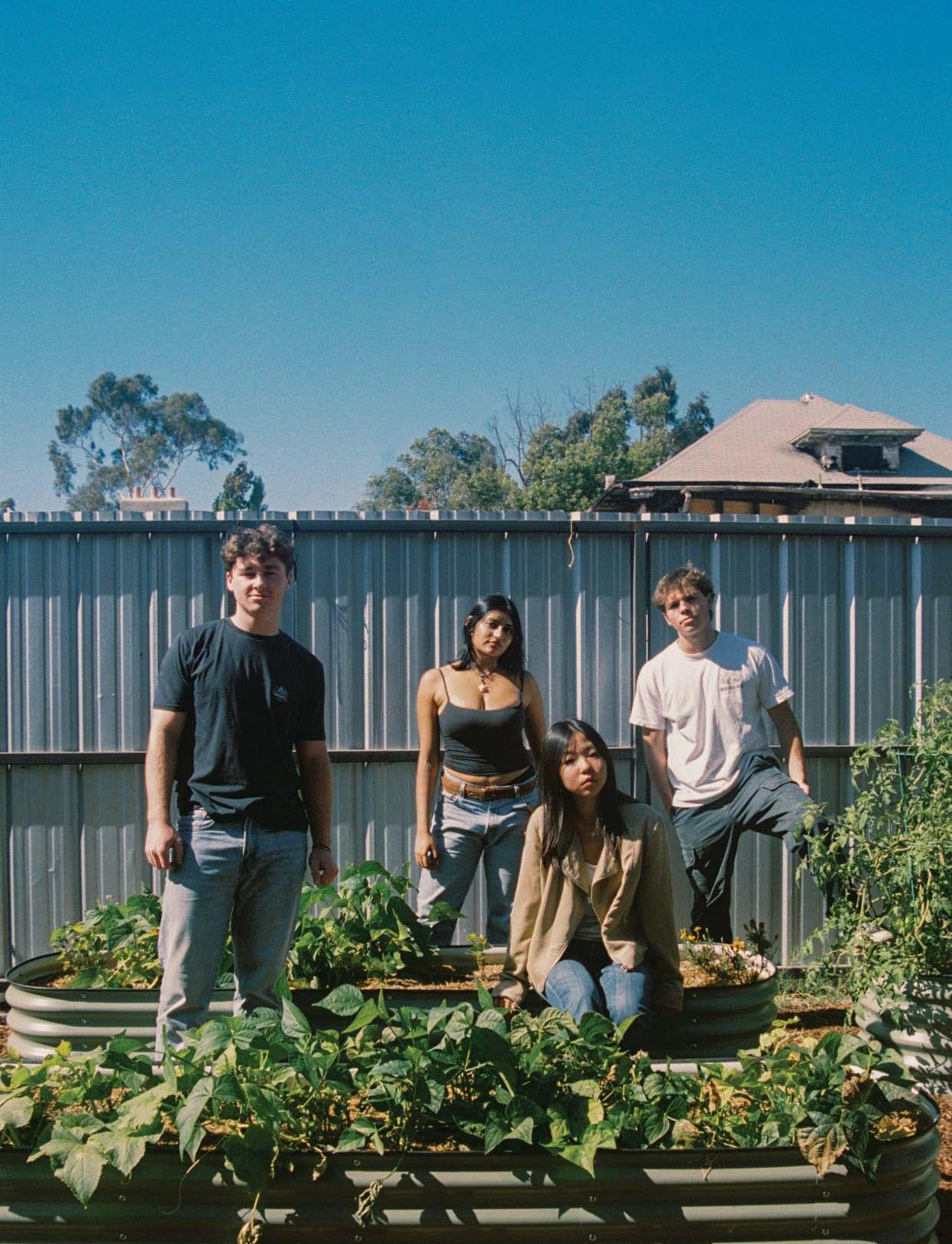
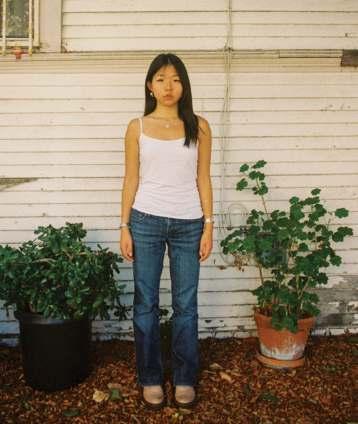
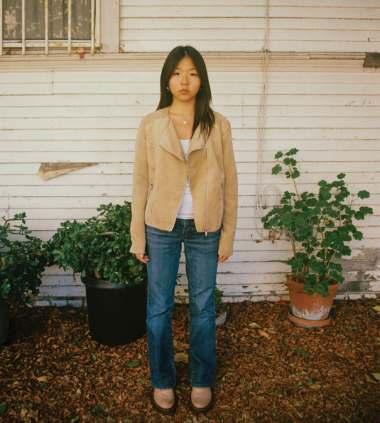

In a world dominated by fast fashion, where trends change with seasons that are getting shorter and shorter, a new movement is emerging: the “underconsumption core.” This philosophy champions sustainability, minimalism, and a return to timeless basics. A daring rhetoric, this approach challenges the very fabric of our shopping habits, urging consumers to embrace a mindset of quality over quantity, ultimately redefining what it means to be stylish.
Fast fashion has held a long, tight grip on our wardrobes. It entices us with low prices and the allure of being trendy. We buy into fleeting styles only to discard them a month later when the next micro-trend appears. This cycle not only gives rise to environmental concerns but also feeds into a fastpaced culture of consumerism. At the end of the day, this constant evolution of new styles can leave shoppers feeling overwhelmed and disconnected from their personal style. As consumers become increasingly aware of the environmental impact of their choices, the underconsumption core advocates for a shift. It’s about breaking the cycle of overconsumption and embracing the philosophy of “less is more.” The appeal of minimalist styles, where basic pieces are celebrated for their versatility and timelessness, offers a refreshing alternative to the trend-driven culture. But the obvious question stands: How do we build a closet like this and where do we look?
Enter platforms like Merazine, a fashion styling app that focuses on showcasing small, independent brands. Merazine is revolutionizing the shopping experience by making it easier for consumers to discover unique pieces that align with their tastes. Instead of navigating the overwhelming aisles of fast fashion retailers, shoppers can explore curated collections from small brands that prioritize quality and originality. By highlighting local labels and ethical producers, Merazine empowers consumers to make conscious choices.
This shift towards smaller brands not only supports local businesses but also fosters a deeper connection to the clothing we wear. Each piece tells a story, whether it’s a piece’s craftsmanship or the sustainable practices that went into its creation.
The underconsumption core emphasizes the importance of timeless basics—those essential pieces that form the foundation of any wardrobe. Think classic denim, well-cut shirts, and versatile outerwear like leather jackets. These items transcend trends, allowing individuals to express their personal style without the need to buy new clothes constantly. Interviews with thrifting enthusiasts reveal a similar ethos. Many have turned to second-hand shopping as a way to find unique items while promoting sustainability. The thrill of discovery— finding a vintage jacket or a one-of-a-kind accessory—adds a layer of excitement that fast fashion often lacks. By embracing second-hand shopping, consumers not only contribute to a circular economy but also cultivate their individual style in a way that mass-produced items simply cannot replicate.
When we think of underconsumption, our minds often run to thrifting. While underconsumption and second-hand shopping often overlap, they represent distinct attitudes toward fashion. Underconsumption encourages a mindset shift— valuing quality, longevity, and minimalism over excessive buying. Second-hand shopping rather focuses on reusing clothing that has already cycled through stores and people’s closets. However, these two concepts can complement each other. Underconsumption fosters a culture where individuals seek out unique, high-quality pieces, and second-hand shopping offers a treasure trove of options to satisfy that desire. As consumers lean towards minimalist wardrobes, they often find themselves drawn to the stories behind second-hand items, adding depth to their style choices.
The rise of the underconsumption core is not merely a trend; it’s a vital movement with significant implications for the environment, quality of life, and personal expression. As we grapple with the environmental impact of our choices, a shift towards mindful consumption becomes crucial. Investing in higher-quality, unique pieces not only reduces waste but also fosters a deeper connection to our clothing and, by extension, our identities. Through conscious consumerism, we can reclaim our personal style and redefine what it means to be fashionable. Unique pieces that stand the test of time are not just cooler; they allow us to break free from the monotonous cycle of fast fashion. By championing individual expression over conformity, we make fashion unique again.
In the journey to launch Merazine, an app that turns online shopping into a game, co-founders Krithi Reddy and Sreya Halder transformed personal passions into a revolutionary platform for fashion discovery. In July of 2023, Krithi Reddy had recently graduated from Stanford University and was working at Blackstone Financial Services as an Analyst when she decided finance wasn’t fulfilling and decided to chase her passion for styling. Reddy developed a personalized shopping service for over 250 Gen-Z women, while Halder was creating an app to organize her closet, which went viral on TikTok at the same time. Their shared frustration with fast fashion and the struggle to find high-quality, unique, and authentic clothing led to the idea of connecting Gen-Z consumers with small, sustainable brands. So, Merazine was born.
Merazine aims to shift shopping habits by offering quality clothing that fits users’ budgets and encourages mindful consumption through interactive features like outfit challenges and avatar try-ons. By focusing on small brands, Merazine not only fosters an inclusive fashion community but also promotes a conscious approach to style, steering consumers away from the low-quality, micro-trend-based clothing of the fast fashion space.
The underconsumption core and the Merazine revolution are more than just a response to fast fashion; they represent a cultural shift towards sustainability, individuality, and quality. As we embrace this movement, we can disrupt the cyclical nature of shopping and redefine our relationship with fashion. In an industry where trends come and go faster than we can track, having access to unique brands, platforms for second-hand options, and an inventory of timeless basics allows us, as consumers, to personalize our sense of style truly. Transitioning from an overflowing, TikTok shop-curated closet to a wardrobe of staple pieces that spark the question, “Where did you get that from?” seems to be the inevitable path for fashion.
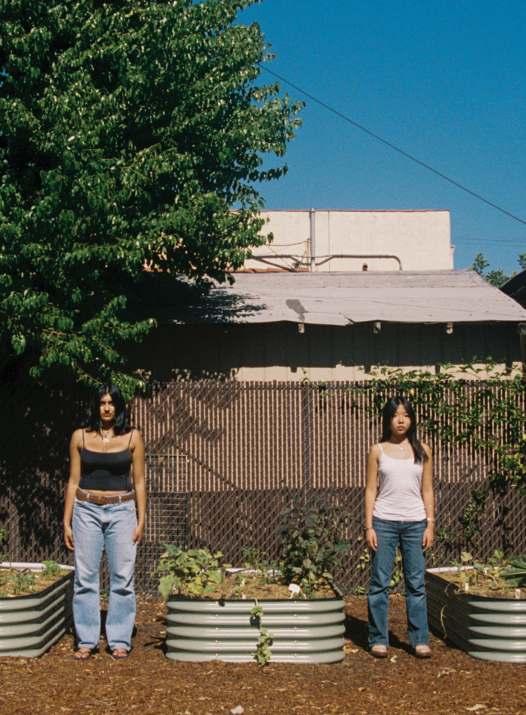

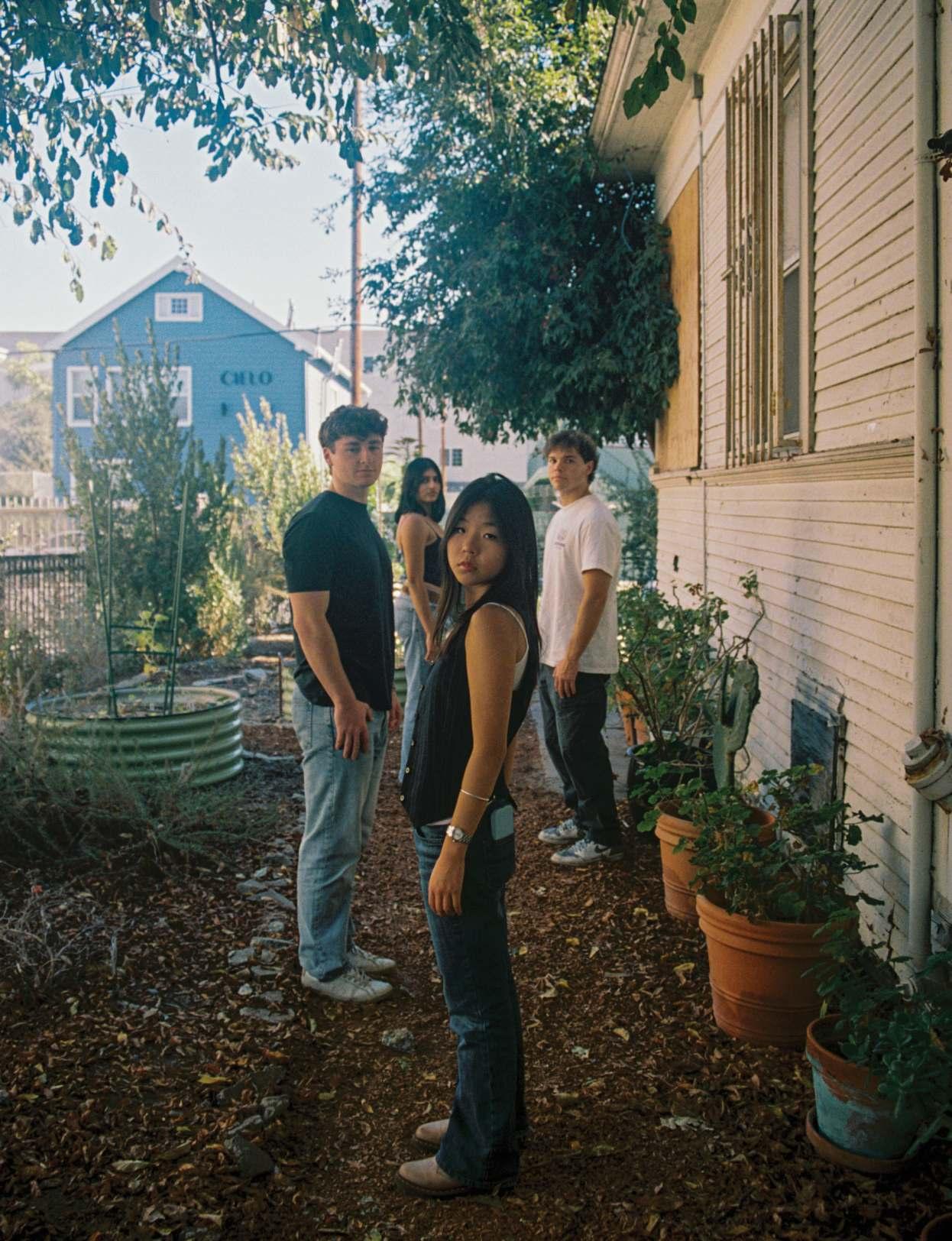

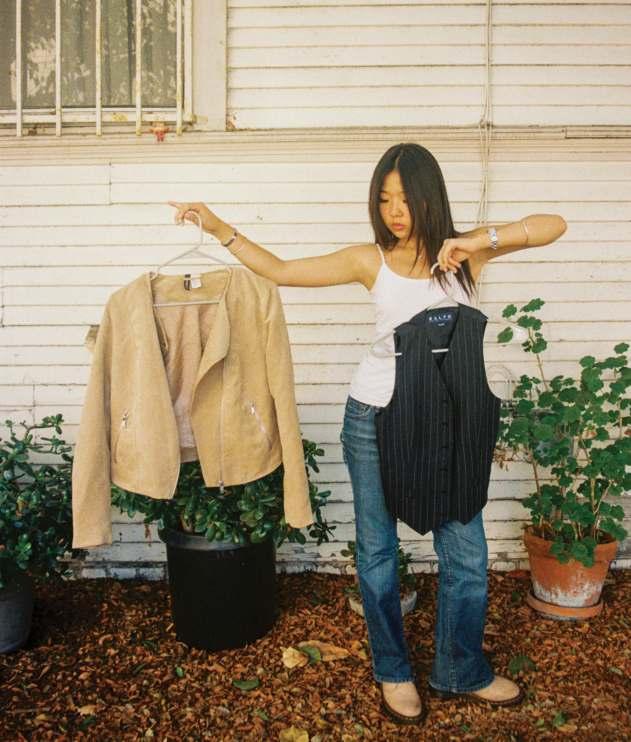

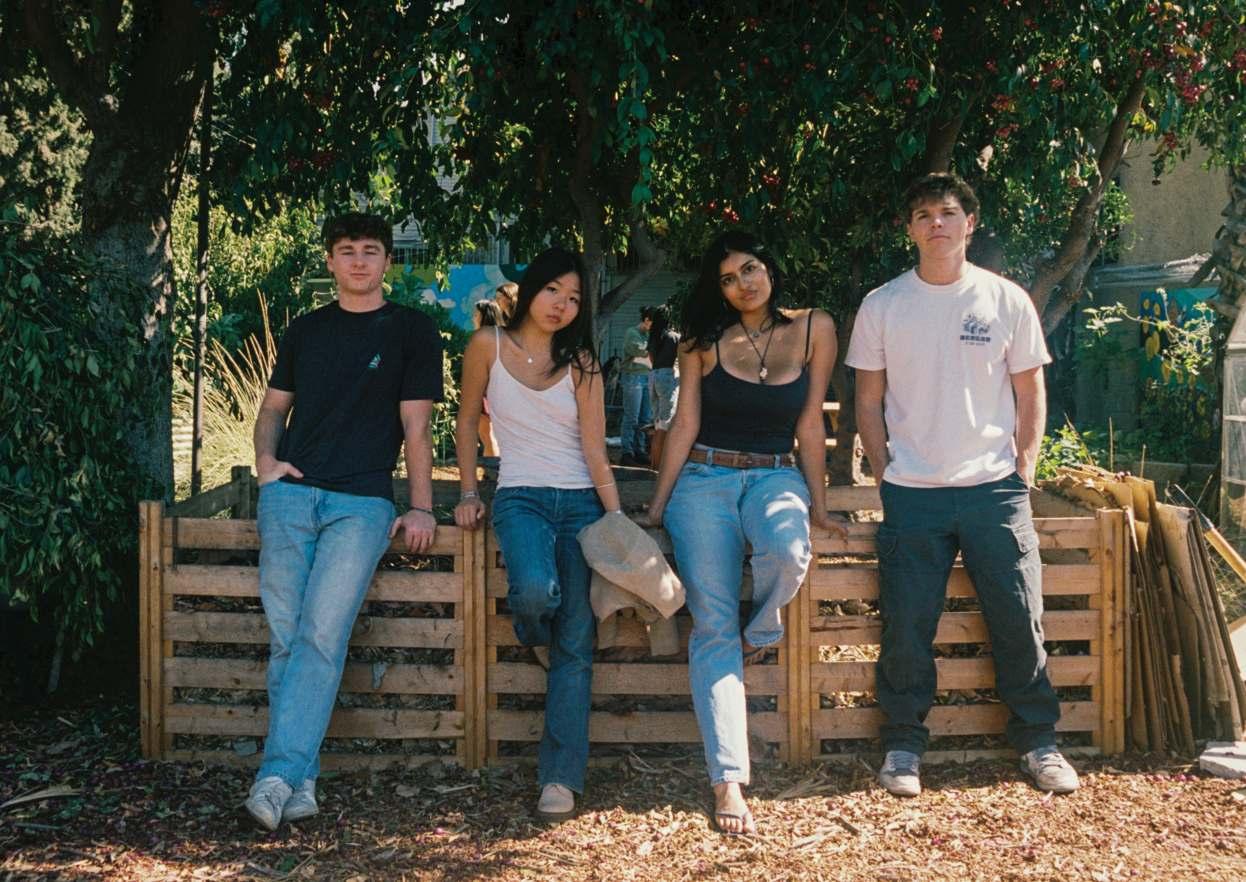
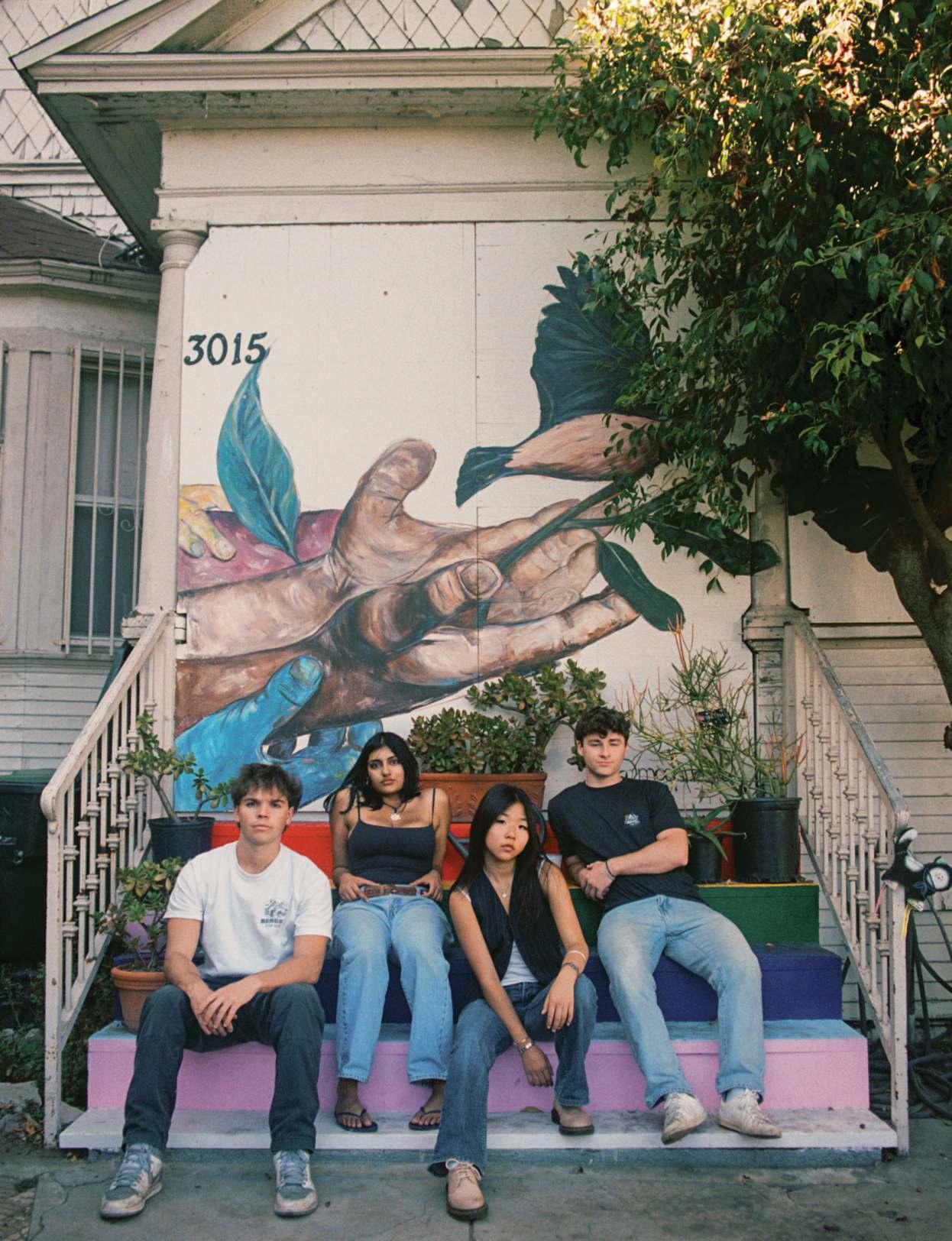
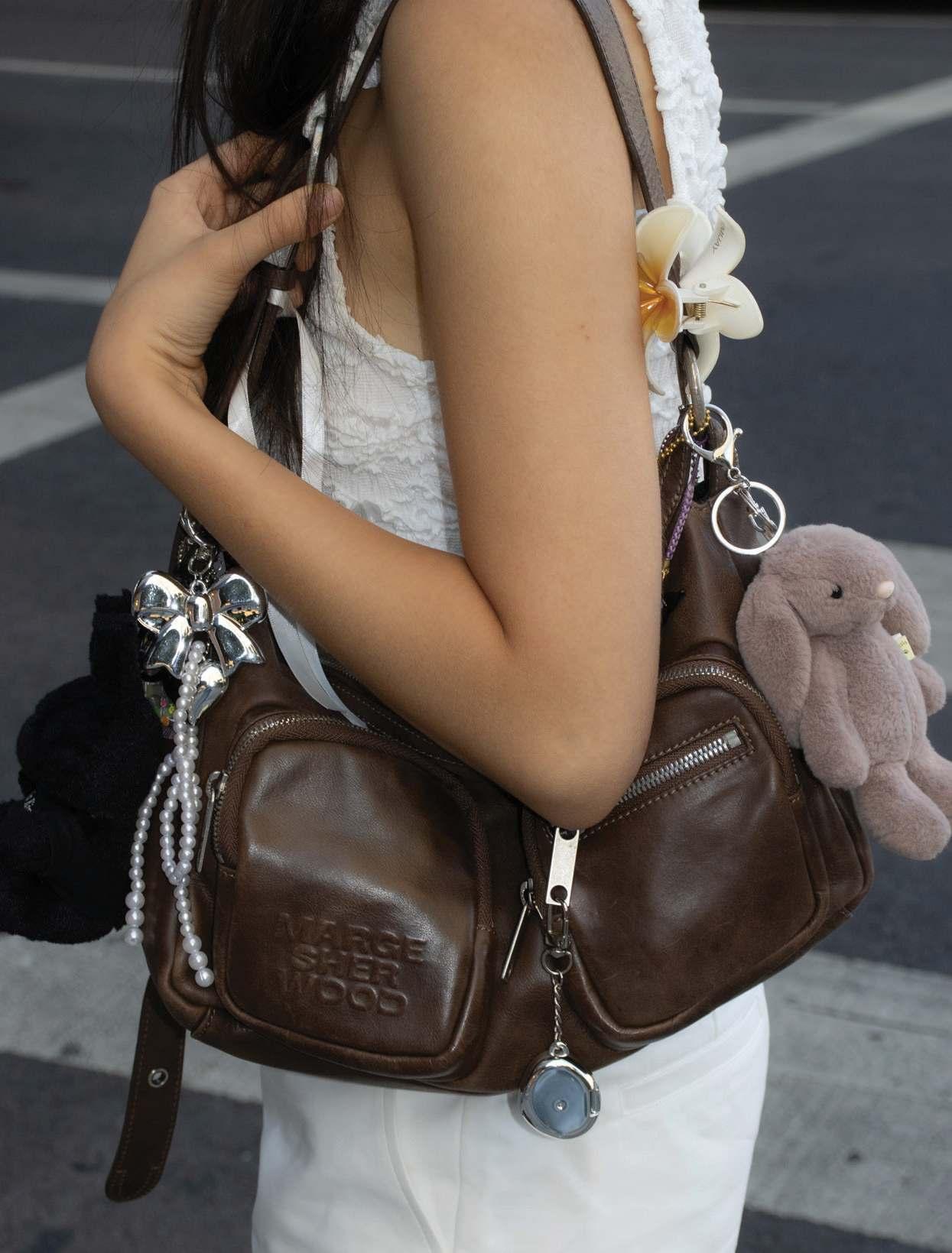

Over the years, the handbag has gone in and out of style, but its recent resurgence proves it is here to stay. Whether you’re choosing the micro bag, offering just enough space for essentials, or the oversized Serena Van Der Woodsen style of floppy tote, the bag has reclaimed its place in fashion. The bag’s resurgence has transcended not only the odds of time, but of gender; men have things to carry, too, believe it or not! The actor and celebrity Jacob Elordi has been seen rocking an everyday ‘man-bag’ with his outfits. While functionality drives part of the bag’s revival, the cultural significance of bags has deepened, spearheaded by none other than the iconic Birkin.
The Hèrmes Birkin bag, named after the BritishFrench actress and singer Jane Birkin (often credited as the OG influencer and ‘it’ girl), debuted in 1984 when it was born in the sky on a flight from Paris to London. Jane Birkin was seated next to Jean-Louis Dumas, the Executive Chairman of Hèrmas at the time, and was carrying her signature wicker basket filled with several of her personal items. The contents of her bag spilled in front of Dumas as she put her bag in the overhead compartment. Dumas commented that she needed a better bag with pockets, so she explained her frustration to him that no bag was suitable to fulfill her needs as a young mother. The rest is history, and the iconic Birkin bag was born, a prominent piece in fashion history. Handbag legend says the bag’s clean lines, minimalist style, and casual flair perfectly captured Jane Birkin’s personal style. However, she was never known for sticking to simple, clean-cut designs that lacked personality. She often attended fashion shows with her elegant Birkin bag, battered and bruised, stuffed to the brim and adorned with keychains, charms, beads, and other accessories. Anyone could see her bags were truly used. With this inspiration, the ‘Jane Birkinfy Your Bag’ trend flooded social media and has become a prominent catalyst to the return of the bag. Bows, ribbons, lace, key chains, buttons, pins, anything and everything are essential to accessorize a timeless accessory. Each accessory is proof the bag has lived a life alongside its owner, making it the ultimate personal statement piece. It is the original inspiration for slow fashion and loving an item until it’s splitting at the seams, something Jane Birkin did with such style and panache, which makes it hard not to continue her legacy.


While the trend originates from Jane Birkin’s namesake bag, you don’t need a real designer bag to participate. As a nod to Jane Birkin herself, she wore her namesake bag, despite its price tag, as a means of necessity instead of status and luxury. And on campus, students are accessorizing their favorite leather and faux leather bags, totes, shoulder bags, and even their backpacks. Jane Birkinfied bags range from a simple tote with a lace ribbon and a claw clip to a floppy leather bag with chunky keychains and even small handbags covered in ribbons, beads, and silk scarves. The wonderful aspect of this trend is its individualized nature; there is truly no wrong way to approach it. Students use accessories that align with their aesthetic, like lace and ribbon, versus keychains and pins.
Additionally, with the development of bag styling, many students have begun swapping a classic backpack for larger, stylish shoulder bags. Students expressed that these personalized bags make their outfits feel more cohesive, allowing them to appear polished and intentional rather than defined solely by their role as students. For them, the traditional backpack often symbolizes the singular identity of “student.” However, they are much more—artists, writers, creators, and innovators. Their choice of a unique bag helps express these multiple layers of identity, their passions, and their personalities that extend beyond academia. The “birkinification” trend is taking hold on campus and in the broader fashion world because it allows people to showcase aspects of themselves that might otherwise remain hidden or overlooked.
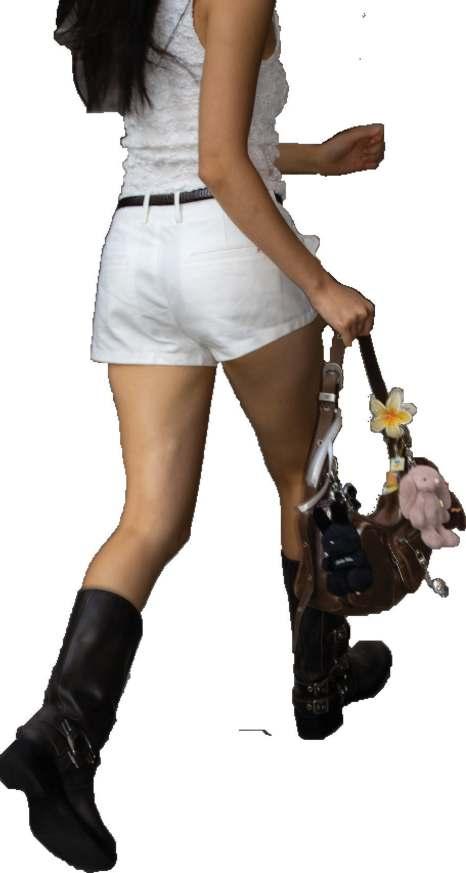

That being said, the revival of the bag speaks to more than just aesthetics; it’s about the role bags play in selfexpression. What once was purely practical, has evolved into a meaningful reflection of our identity. But why now? Why has the bag made its personalized resurgence at this time? The fashion realm in today’s culture is scattered with personal statements and an era of individualism. As fashion trends continue to shift towards sustainability and away from micro-trends, people are seeking timeless pieces that can reflect their unique values and styles. A handbag itself is often an item that is chosen with care and consideration and with personalized accessories it becomes a reflection of one’s identity. Along with investing more in personal style, the bag charm trend is reminiscent of our early childhood school days with backpacks embellished with keychains and pins. Trends geared toward individualization reappear in the fashion world again and again whether we realize it or not. For example, the customization of sneakers, DIY Fashion, capsule wardrobes, and so much more allow the consumer to move beyond conformity and showcase their personal narrative and creativity.
With this in mind, the trend of personalizing bags and the “Birkin Effect” is not just a fashion statement, it’s a form of empowerment. The bag’s revival aligns with the broader movement towards self-expression, where even the most practical items become an extension of personal identity. Whether it’s for function or fashion, the return of the bag is about more than carrying your things-it’s about carrying your story.
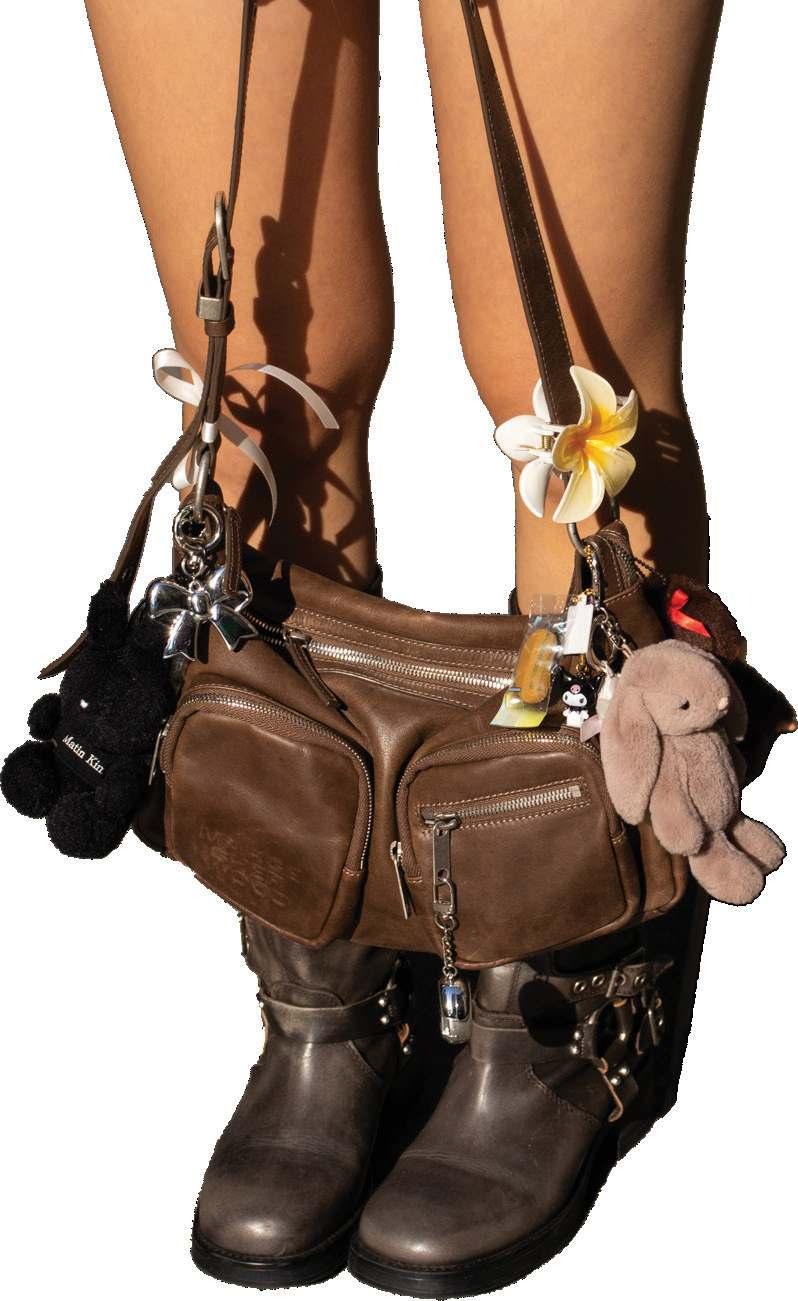
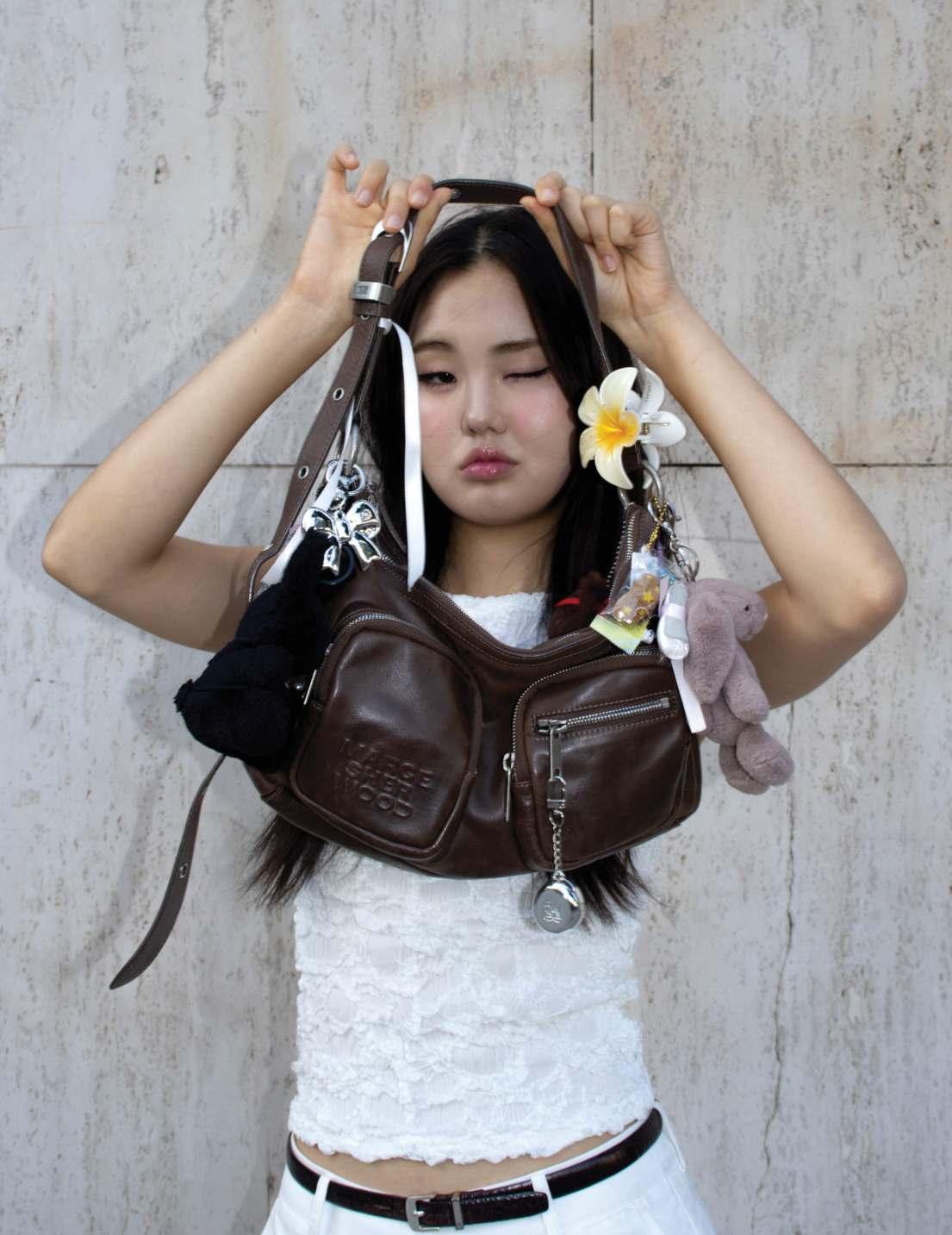

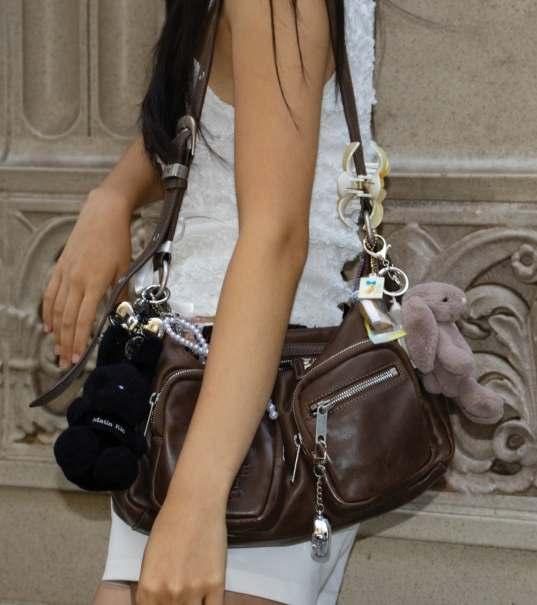

Julianne
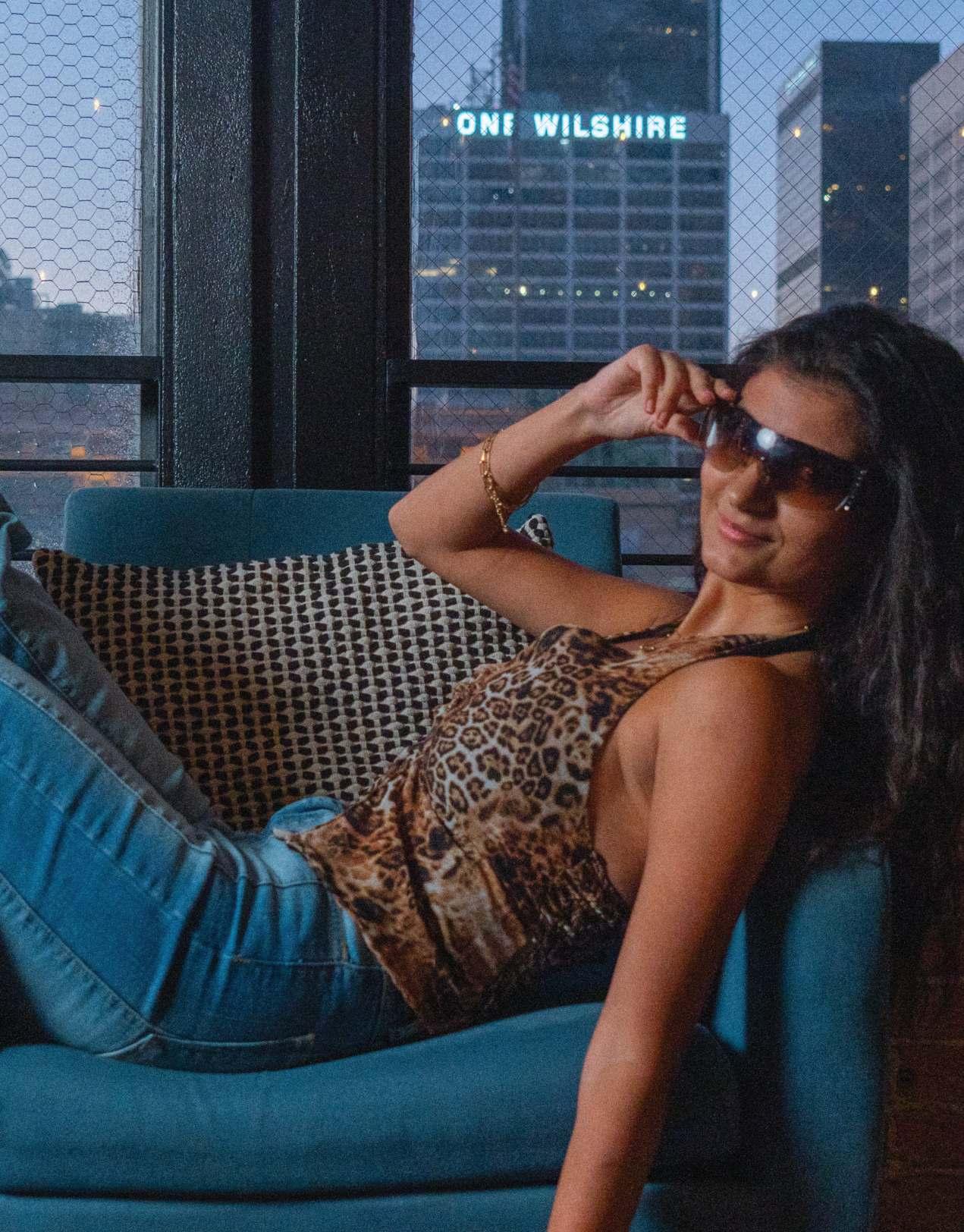
“I think that music is one of the most powerful things the world has to offer no matter what race or religion or nationality, sexual orientation, gender that you are, it has the power to unite us.”
2010s These words spoken by Lady Gaga at the press-conference for her 2017 Super Bowl Half-Time show invited us to reflect on the journey of the music industry, looking at it through the lens of cultural impact. Gaga is known as a bold performance artist who was especially popular in the 2010s. The industry in that era, encapsulated by Gaga’s musical statements, laid the foundation for the 2024 music industry as we understand it. To recap what 2010, a quintessential year for pop, looked like in music: Katy Perry’s “Teenage Dream” album was released and Lady Gaga announced her “Born This Way” record. Two of the most important albums in the popular music industry, having an irrevocable impact on popular culture.
Katy Perry’s music was about embracing sexuality, particularly noticeable in her music videos (ie: “California Girls” with her dessert bras), which also demonstrates how pop music is, above all, fun. Fun to dance to. Fun to sing along to. Simply unserious. She kissed a girl and liked it, so what? Her intention was not to get people thinking about that and questioning her sexuality, but rather just telling a story. The pop genre allowed Perry a safe space to talk about this experience in a fun way rather than a serious way.
Now let’s look at Lady Gaga. In 2010, she used her music as a political statement at the Video Music Awards. Her iconic meat dress was meant to protest the “don’t ask don’t tell policy” which stated a soldier could be discharged after publicizing their sexual orientation. Using the buzz from her bold statement, she was able to more effectively promote her new record, “Born This Way” which she advertised as an album encouraging self-expression. The purpose of her music was to get people thinking and consciously become more accepting.
Despite their music having different themes and messages, society had similar commentary for both of them: they are not “authentic” because of their gimmicky aesthetics. People took them less seriously because of their fashion choices, they were often judged for their camp way of expressing themselves.
The concept of camp has become especially important in self-expression because this style is usually defined by exaggeration, irony, and absurdity. With its deep roots in queer culture, it celebrates the unconventional looks that some may consider “bad taste” and allows people to reclaim identities that mainstream culture has been prejudiced against. When society judges them for their camp aesthetic, they are upholding the reason it exists in the first place: the lack of acceptance in expression. However, this camp style is becoming more mainstream with the resurgence of pop music.

2020s Popular music is best when enjoyed in a crowd. There is nothing more uniting than belting along to your favorite songs. So, when COVID-19 required people to quarantine themselves in their homes, popular music became less, well, popular. The loss of the sense of unity resulted in the loss of popular music. Enter: Chappell Roan. While most praised for her 2023 album The Rise and Fall of the Midwest Princess, she also deserves praise for bringing back the collective joy found through music and dance, especially in the popularity of “H-O-T-T-O-G-O.” Everyone knows her dance for that song: no matter your gender, sexuality, religion, you will be spelling out the phrase with your hands. Evident through her vivid songs and eccentric outfits, her embracing of queerness and individuality is very reminiscent of Gaga’s with both of these artists able to get crowds chanting about the joys of loving yourself. They utilize camp through their lyrics, musical concepts, and outfits, to challenge societal norms and promote bold expression and acceptance centered around the queer experience and culture. At GovBall 2023, Chappell Roan drew in a crowd of thousands and began her set by smoking a joint in a large apple while dressed as the Statue of Liberty. No one batted an eye. This is because of the environment that past pop stars such as Gaga were able to cultivate: an accepting space for eccentricities and where queerness is embraced and truly valued. Similar to how Gaga paved the way for Chappell, Perry paved the way for Sabrina. Sabrina is able to sing songs about embracing her sexuality, is able to do fun dances on stage, dress sultry, without being judged or taken less seriously, emulating the concept of camp beyond outfits and attire but also through dance. Currently circulating many TikTok For You pages is the different positions she does while singing “Bed Chem.” It is not typically normal for an artist to demonstrate various sexual positions on stage but her creative positions have allowed this abnormal concept to be what people are looking forward to. The absurdity of doing a different position most nights and defiance of the concert norm is, by the aforementioned definition, camp. Having people not in marginalized communities such as Carpenter embrace her sexuality in such a bold way is creating a more welcoming atmosphere no matter someone’s orientation. In addition, with the virality of Carpenter on TikTok, she has been able to turn her style into a brand, and in 2024 various artists have received similar treatment, and the outfits and concepts have just gotten more camp.
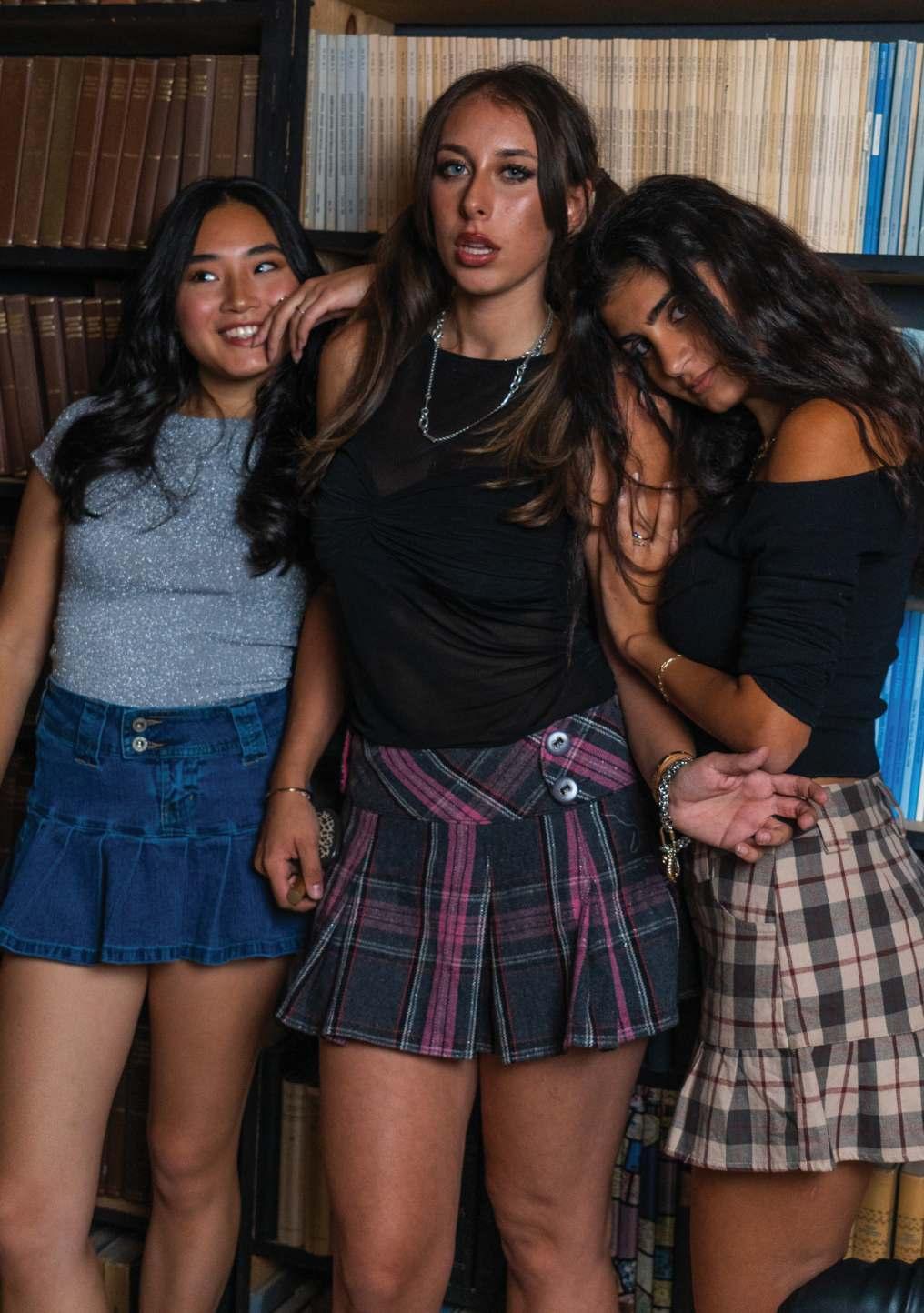
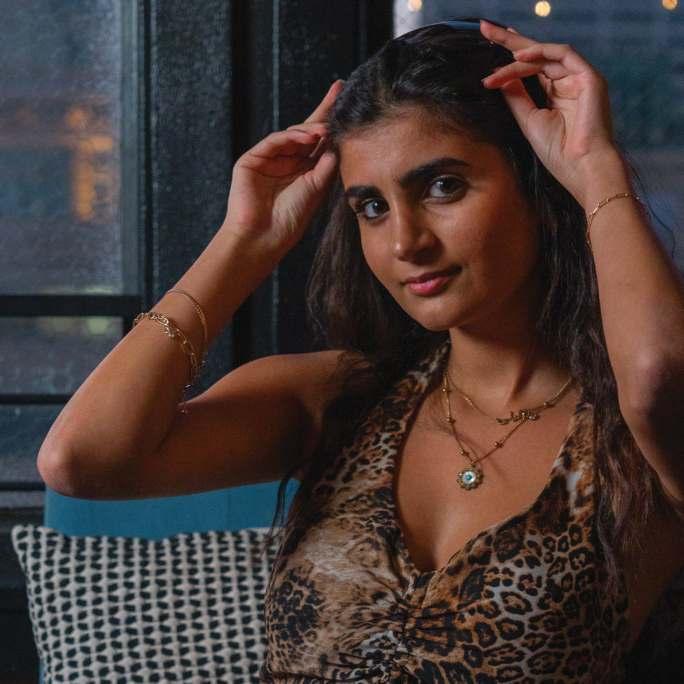

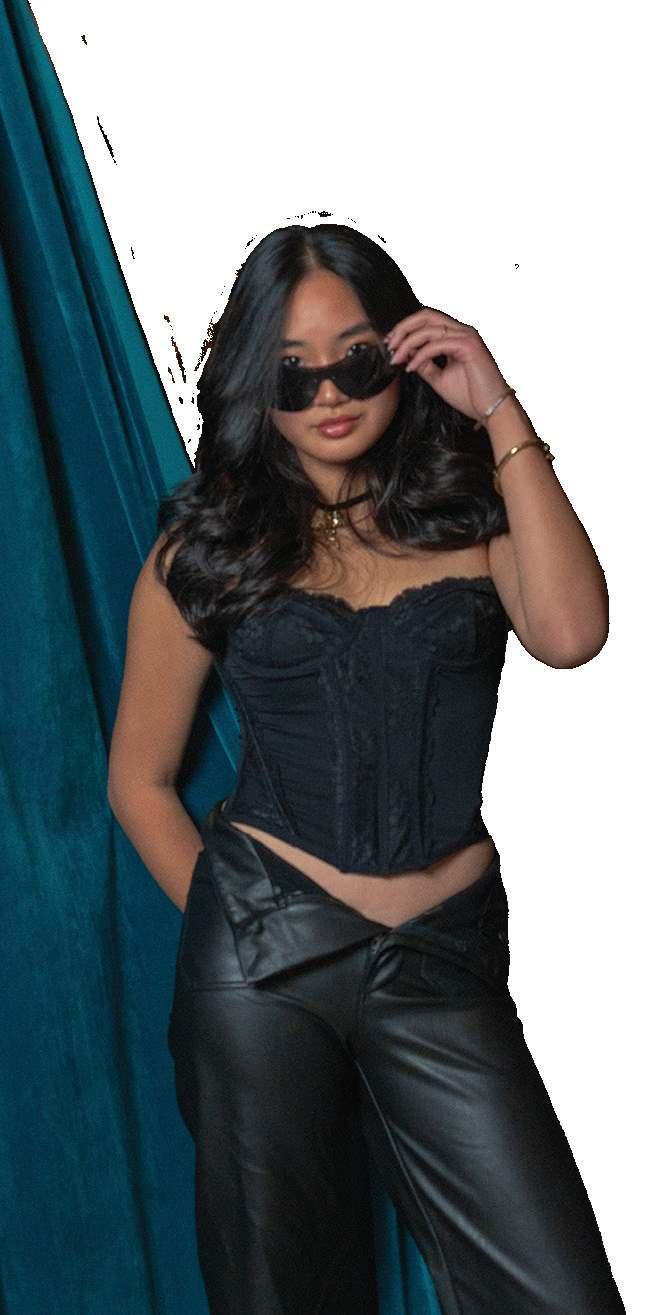
When an artist has a recognizable style or aesthetic, they normally stick to it, making concerts for fans extraordinarily exciting. While people normally live vicariously through Met Gala looks and GlamBots, they are able to find their own red carpet entering the doors of a stadium. They find an accepting community where self-expression through clothes is encouraged. Whether they copy the artists’ look or take inspiration from a lyric, concerts create a safe space to dress up however you please. Artists create such strong brands for themselves, that fans find it easy to dress as the vibe of the artist. Walking into a Hozier concert you are going to see women wearing long flowy skirts, into Sabrina people will be wearing mini-skirts, and into Cigarettes After Sex you are going to see the crowd dressed in dark attire. The attire fits the genre of the music and vision of the artist. And in 2024, some of the most unique and bold attires are coming from Charli XCX and Troye Sivan’s “Sweat Tour” that takes camp in a direction beyond Chappell Roan’s eccentric and atypical attire but into grunge and sultry.
While the tour is jokingly referred to as for the “girls and gays” this statement is strangely inclusive, encouraging people to embrace their identities and to rebel against societal norms in an unapologetically bold way. Given that this is the foundation of camp and something that the queer community spearheaded, the correlation between the aesthetic and audience is endearing rather than surprising. In the context of this tour, “brat” is really just a modified version of “camp” where the audience defies the popular clean-girl aesthetic and embraces the whale-tale. What older generations may refer to as a “cheap” look is actually now brat. You want a lower back tattoo? Go for it! Because if one thing is encouraged through the camp lyrics of Charli XCX, it is bold self-expression and individuality best exemplified through her and Troye Sivan’s primarily queer audience.

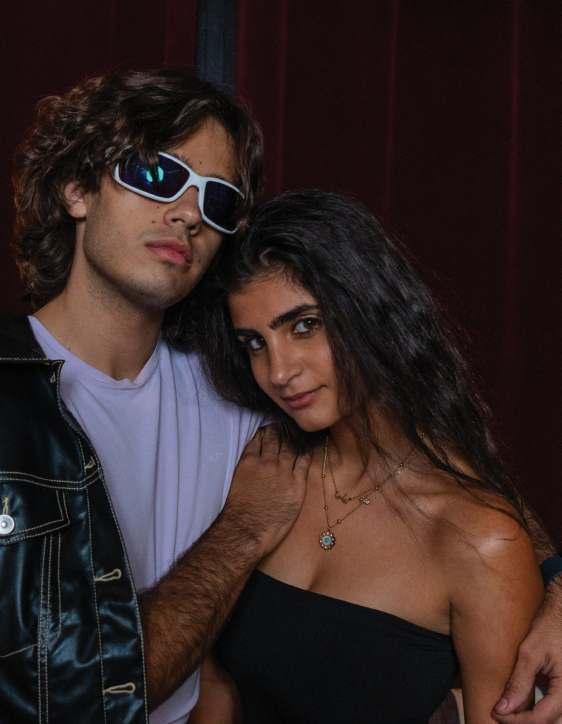
The “Sweat Tour” is redefining camp in queer spaces and allowing it to grow into a more broad term. There is not one particular aesthetic or pinterest board that can encapsulate what camp means– it is up for interpretation from the audience. But pop music has been able to cultivate various forms and styles that fall under the camp umbrella and as such a widely listened to genre, camp is now becoming normalized. The normalization of camp and bold forms of expression is becoming more mainstream and accepted, creating safe spaces to emulate the message of self expression, and this is thanks to the evolution of pop music.
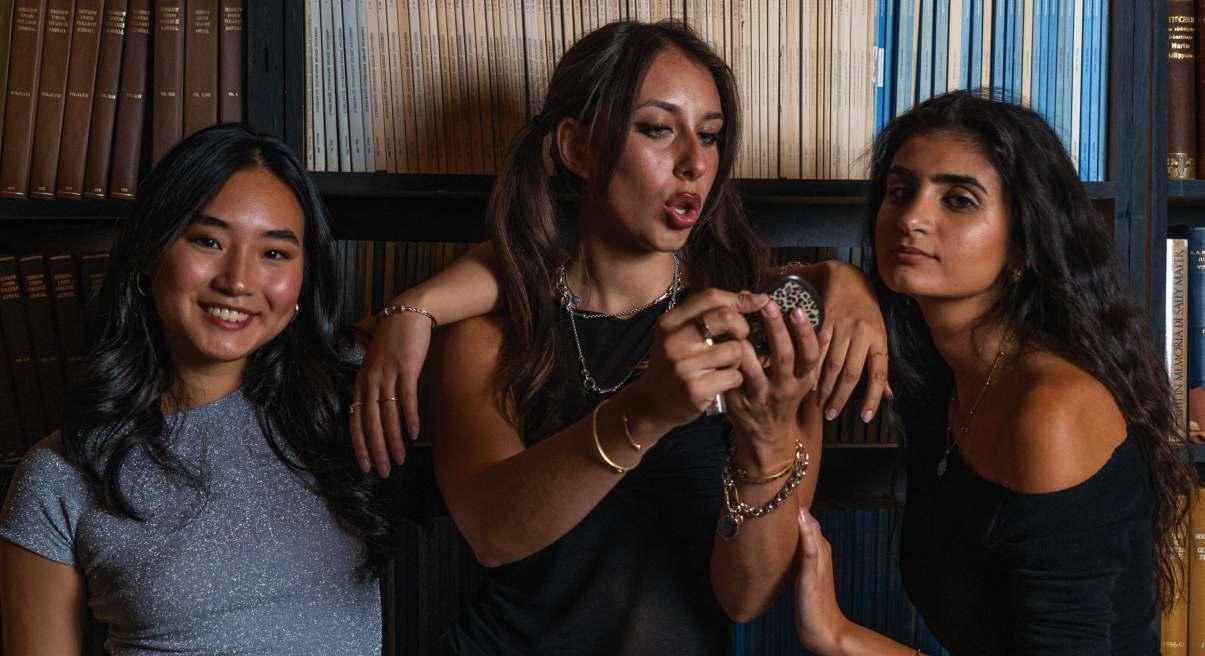
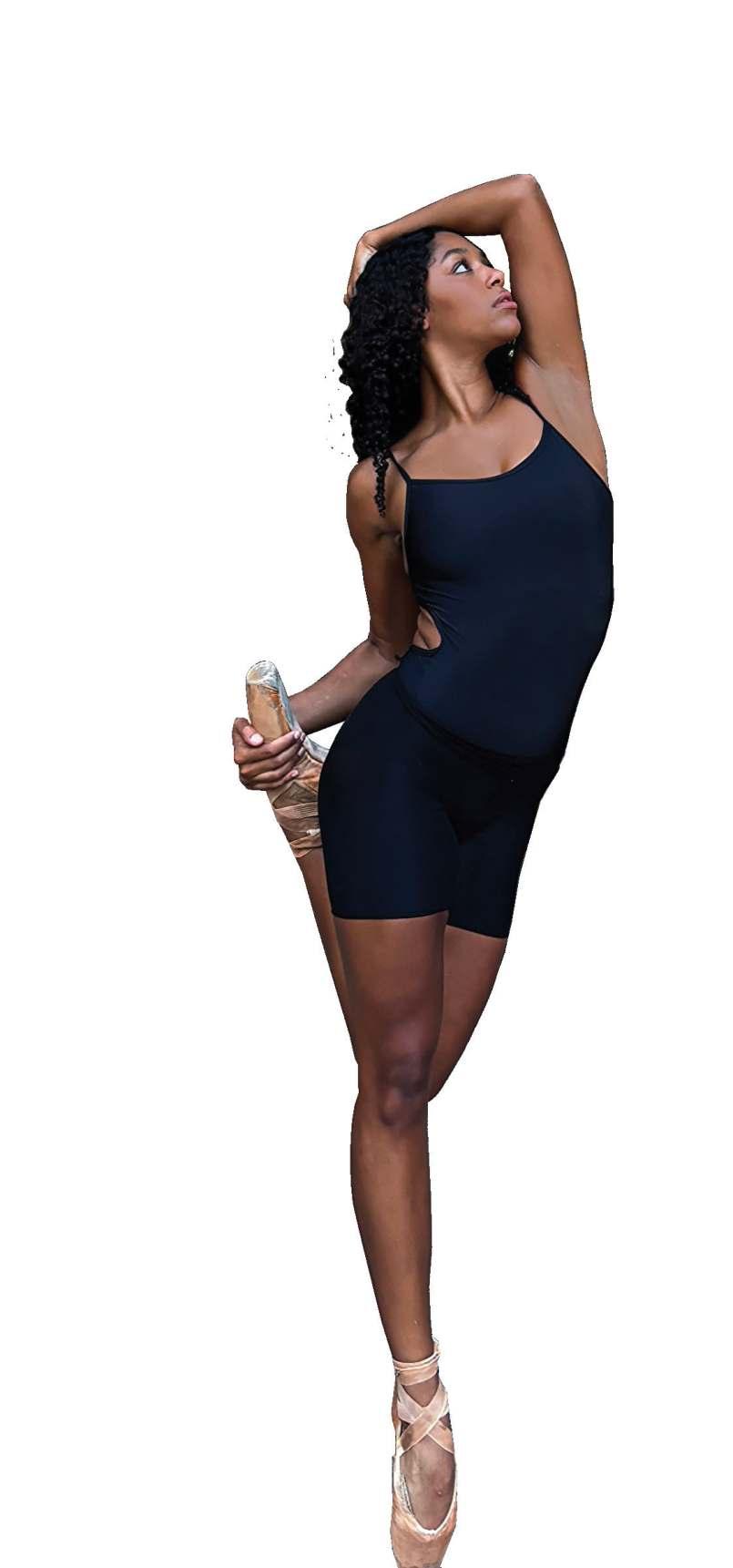
Fashion for female athletes is more than just a uniform — it has become a defining feature of the game. Whether that be on the tennis court, field or gymnasium, women in sport have consistently shown up for themselves time and time again. This time around, they are here to stay.
The infamous “Everyone watches women in sports” tee was recently launched at the Paris Olympics by a group of female athletes passionate about the cause. Their brand “Togethxr” is the face of known names like soccer player, Alex Morgan, and WNBA star, Sue Bird. Surprisingly, its popularity snowballed and infiltrated the wardrobes of not only other celebrities but normal people - like us. Defined as one of the most coveted staples of the season, they even released a French version reading “Tout le Monde Regarde le Sport Féminin,” and are planning to release a Spanish version in the near future.
This has set the tone for women in the world of sports. This tee being a tangible representation of everything femininity has been fighting for - recognition and advertising. Playing along with the irony of being a physical “fashion statement” as well as spelling out a fashion statement in big bold letters across the chest, scratches our brains in all the right places.
These aren’t the only moments taking the fashion world by storm in sport. Ilhona Maher, an American female rugby player, swears by her $9 ‘Maybelline Super Stay Matte Ink Liquid lipstick,’ which she rocks at every game she plays. This unique defiance of the idea that femininity and athletic rigor are mutually exclusive has helped Maher to build confidence and embrace, as a result, what it means to be a woman in sport.
As it has been since the dawn of fashion, a red lip is tied to the connotation of feeling sexy and alive. A pop of color that ties a boring look together, making it more gravitating and more interesting to look at. Maher, on the other hand, has redefined the infamous red lip. She has not only given it a life on the field (an alien environment to the product) but meaning beyond what meets the eye. People went so far as to give the Maybelline product the nickname: “Rugby-Proof Lipstick.” Behind the red lather, notes of self-confidence and rebellion waft off of her, showing young girls that playing a sport can be fierce and doesn’t have to be something we are afraid to embrace.
What she is most celebrated for though is in fact not the shade of lipstick she wears on the field, but the invaluable skills she has brought to the US women’s rugby 7’s team. Maher led the team to their first ever medal in the Paris Olympics — a historic achievement. Her team accredits their success to her fierce leadership and positive attitude towards her game.
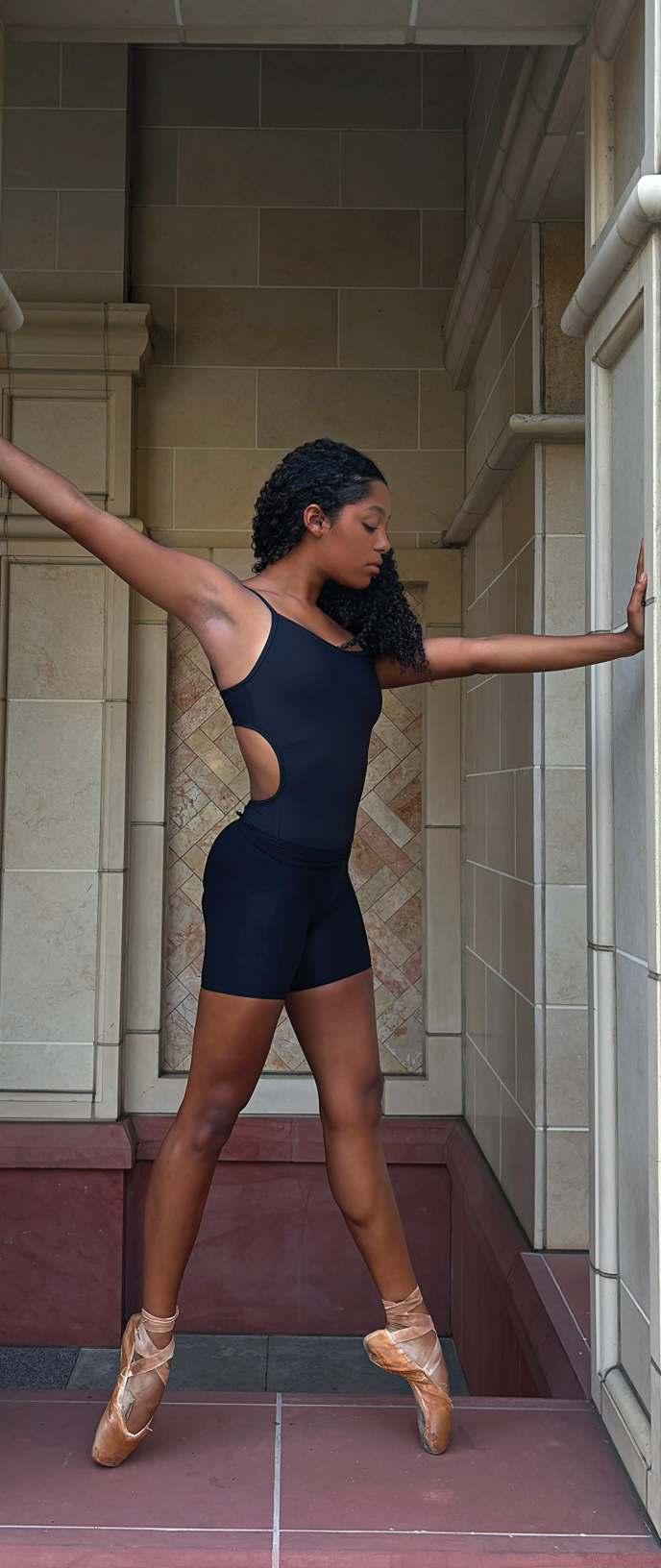
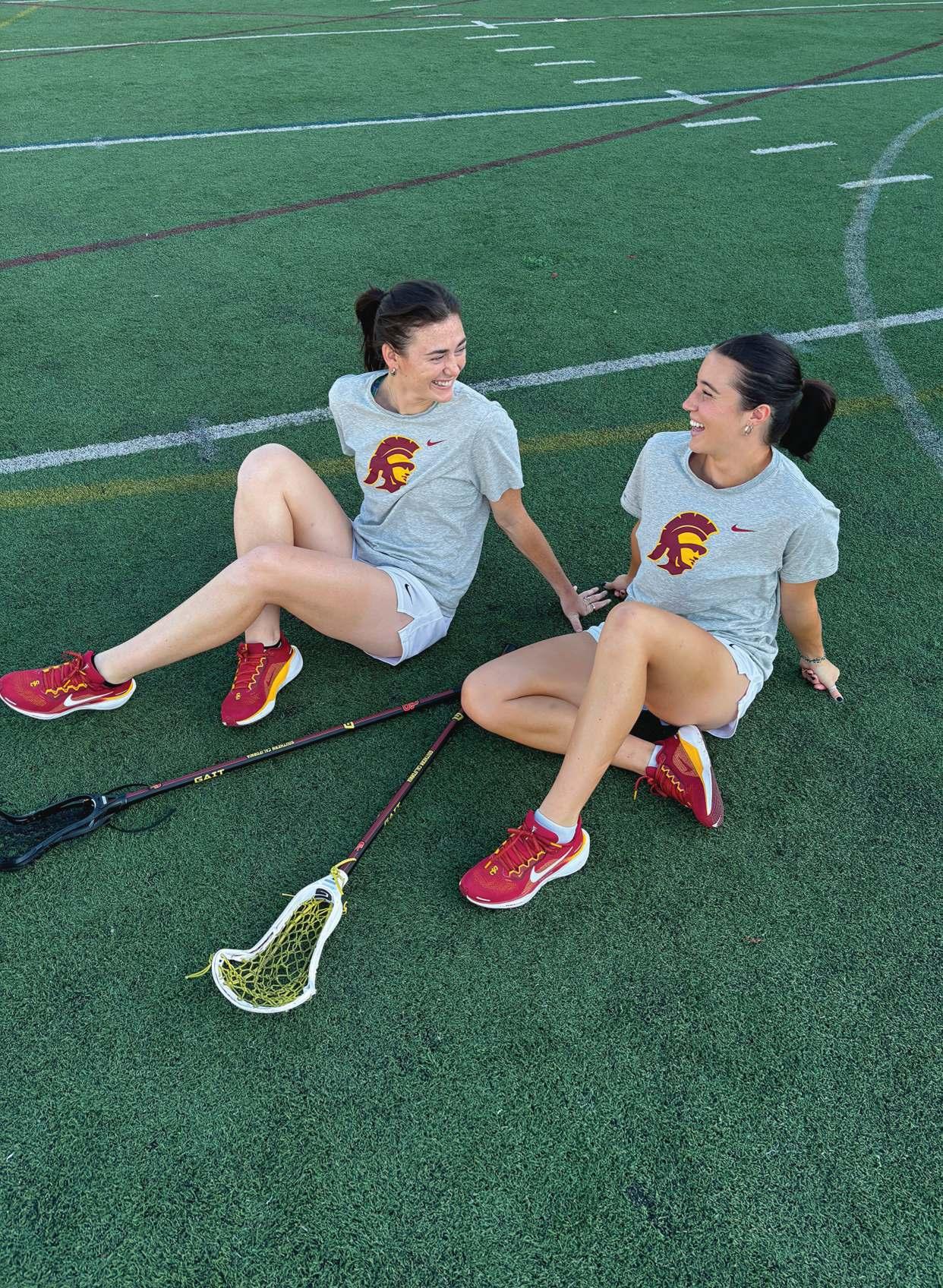
Similarly, Coco Gauff embodies what it means to be a woman on the tennis court, known for being the first teenager to win the US Open since Serena Williams at only 19 years old. Gauff is a role model to many — especially to those bright-eyed girls who aspire to be just like her. Though her talent arguably trumps everything else, her sense of style on the court is impeccable too; expect to see bright colors, intricate patterns and bold colorways from her. Sponsored by New Balance, and just recently launching her own shoe line with them, she is still able to express her personal style without sacrificing the utility of a good quality tennis shoe. On top of sporting gear, her accessories at the Paris Olympics gained a lot of buzz on social media. Particularly, her silver olympic ring necklace stole the show; this emblem was both chic and sporty, making it an attraction for athletes.
Over the past decade, a tapestry of sporty-chic, elegant cocktail-esque style, and slouchy off-duty model looks have been woven together to paint a picture of what we know today as “wags,” an acceptable term used to refer to “wives and girlfriends” of professional athletes. When we think “wags,” we think flashy, we think charisma, we think bougie — but this only scratches the surface.
WAG style has always changed with the times — and we are here for it. In the early 90’s and 2000’s for example, bombshell blowouts and french-tip manicures were on the rise. It was a time when showing up to events with orange tan lines was socially acceptable. Nowadays, it’s that times 100. Prime examples of iconic WAGs include Victoria Beckham, Georgina Rodriguéz and Nicole Sherzinger. They have made sporting events, in other words, their “bitch.”
Just like how each sport has established an obviously distinct style, each and every WAG has their own distinct take on the persona.
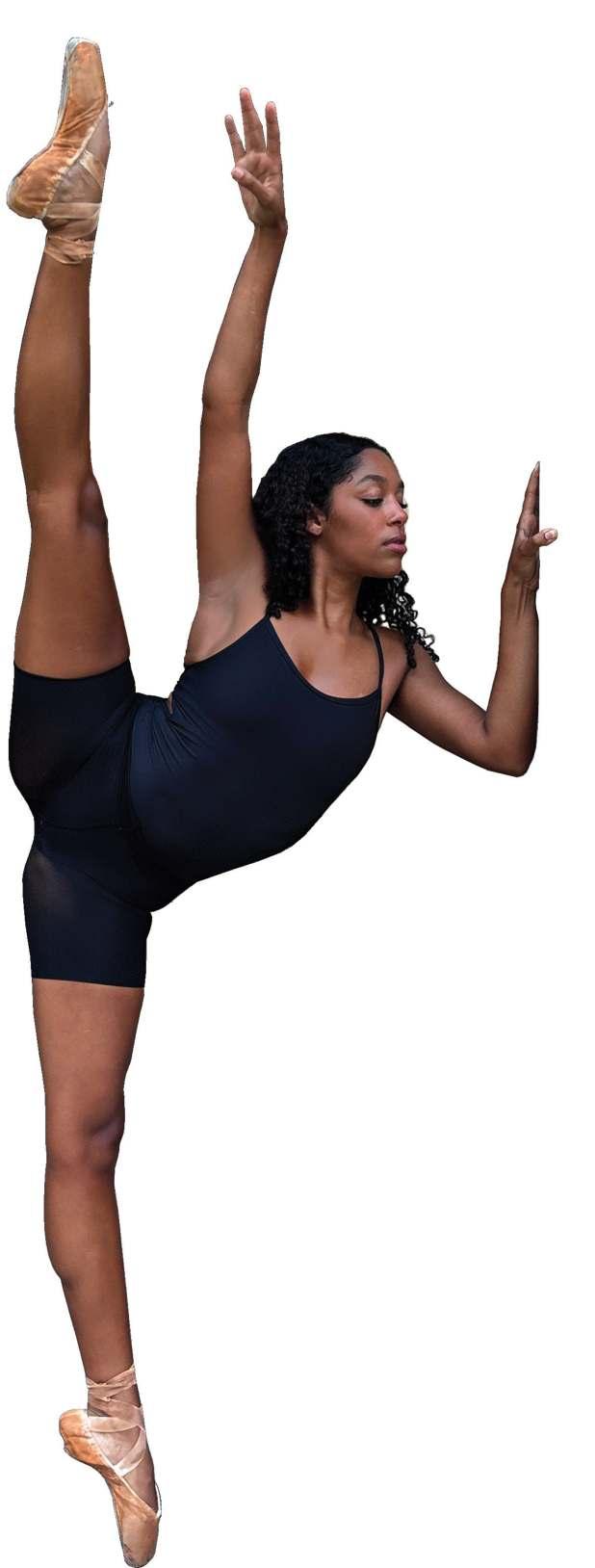
People like Georgina Rodriguéz, are known for her iconic slick-back braided ponytail, layered stiletto boots over skinny jeans, Birkin bag, and jersey which reads “Ronaldo.” Rodriguez loves to play with contrast: A slouchy Adidas soccer jersey with a staple Dior belt or Birkin bag for example. Thus, her voice in fashion has become invaluable, especially after her debut Netflix show “I am Georgina” which gave audiences a glimpse into her extravagant WAG lifestyle.
Above all though, she is a symbol for hope. Growing up with little money, her family struggled to help get her where she is today. Now, fans adore her ability to stay in touch with humility; she remains grounded and down-to-earth, despite her sky-rocketing fame.
The lines between fashion and sport have always been blurred. But now, with the power of social media and a growing sixth sense of fashionista intuition amongst recent generations, anything is possible. In saying so, women in sport will continue to flourish and develop their personal styles whilst maintaining the utmost poise in their respective playing fields — literally.
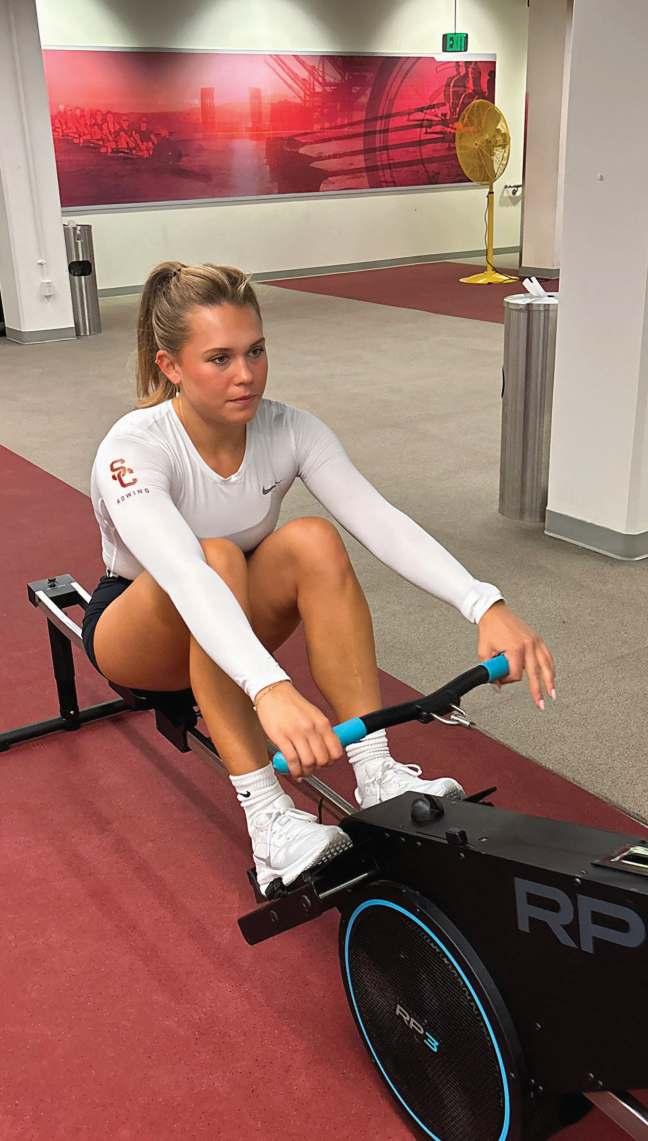

WRITNG
Cecilia Mendez Comas
DESIGN
Kate D’Amaro
PHOTOGRAPHY
Emilia Garza T.
Cate Hewitt
Nataisia Hambidge
Cate Hewitt

In American politics, fashion is no longer a footnote—it’s the headline.
What politicians wear, how they dress themselves and the brands with which they associate play an important role in defining who they are and what they represent. The clothing worn by candidates in the 2024 election has become a spectacle, a performance that reflects the country’s fragmented status. The American flag formerly represented a cohesive country with a common sense of purpose and identity. But in 2024, it’s not just red, white, and blue: it’s red or blue, with every stitch, color and brand serving a politically polarizing purpose.
From Donald Trump’s flamboyant red ties and enormous suits to Kamala Harris’ signature pearls and Converse sneakers, election fashion has evolved into a battleground where emblems of populism, power, and riches clash; U.S. politics increasingly resemble a Hollywood production.
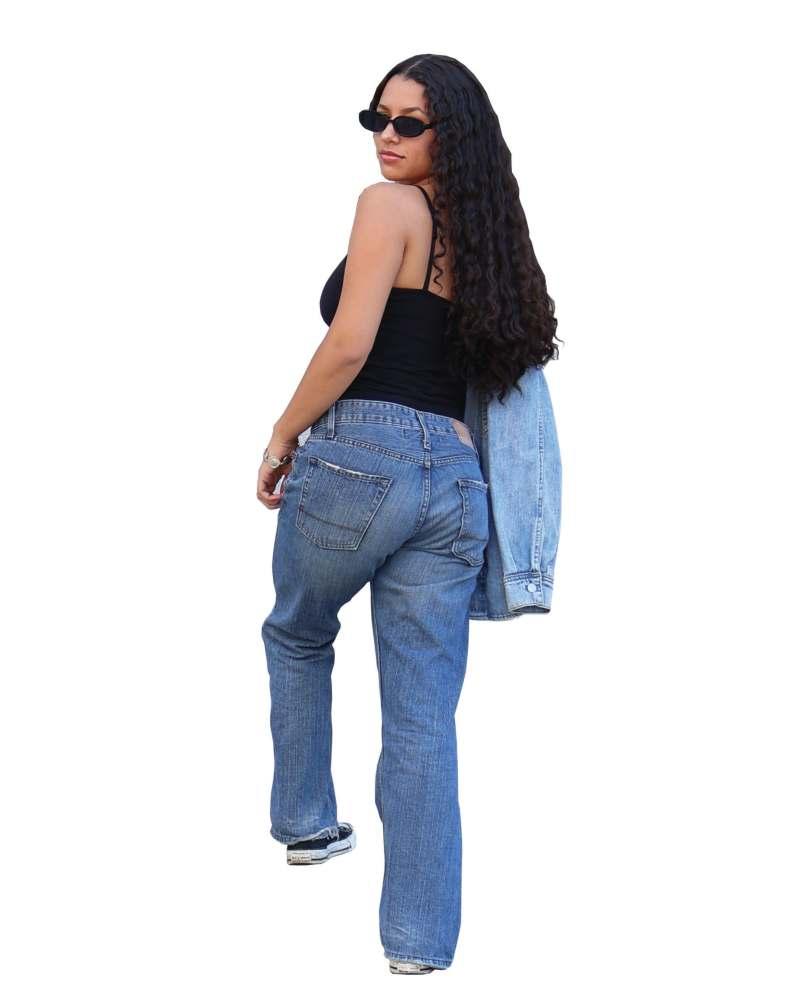
The way politicians dress is almost as important as the policies they promise. Fashion has grown from being a reflection of personal taste to becoming an instrument of influence, characterizing America into one of two voting group identities. The looks that turn those in power into icons are deeply woven into the fabric of what we refer to as “Americana.” In this political costume drama, brands like Converse and Ralph Lauren construct and define two very different essences of what it means to be “American.” Candidates are not simply choosing colors; they are also selecting brands that reflect their political beliefs. Trump, for example, frequently references Ralph Lauren’s polished, all-American image. Ralph Lauren is an advantageous fit for Trump’s brand. The silhouette and embellishment of his oversized suits —gold buttons, broad shoulders— recall a time when American riches and power were uncontested. Ralph Lauren exemplifies that image: domination, success and luxury, the pinnacle of American aristocracy.



Meanwhile, blue has served as the Democratic Party’s signature color, frequently linked with simplicity, stability, and more recently, progressive politics. Kamala Harris utilizes fashion not only to coincide with her party, but also to engage with people on a more personal basis. Harris’ wardrobe choices—sleek, fitted, and professional—send a message of competence and authority while also subtly championing blue-collar values in America. She establishes the right balance between expressing authority and remaining personable. Her choice of attire, especially in 2020—a trademark pearl necklace and Converse sneakers—speaks to the persona she wishes to project. Her pearls represent a tribute to her heritage, affiliating her with the historically renowned African American sorority, Alpha Kappa Alpha. They serve as a link between the past and the present reminding people of her fight for racial equity. WhatreallysetsHarrisapart,though,areherConversesneakers.Withitsstrong“AllStar”rootsinAmericanism,Converse has come to represent integrity and uprisings. By sporting them, Harris demonstrates camaraderie with American struggle.Choosingthemoverapairofheels,shedefiestheperceivedimpossibilityoffemalesuccessinamale-dominated environment. This choice highlights a new era of political figures. She’s approachable to working-class Americans.



In stark contrast, Donald Trump’s wardrobe is designed to radiate power. His baggy ensembles and classic red ties aren’t so much about fashion as they are about authority. Trump is a business man first, and his wardrobe is a spoof of American affluence, reminiscent of the corporate titans of the 1980s. His suits aren’t designed to be sleek, they’re meant to be large. They are designed to make him take up space, a nod to when corporate domination and machismo were the primary indicators of control.
But there is more to his known image. A symbol for his movement, the “MAGA” cap is simple but effective. Also, his iconic orange hue and blonde swept hair paints him as a caricature. In many ways it is absurd, but in other ways it works—whether it’s his fans dressing entirely in MAGA gear for rallies or wearing prosthetic ears in retaliation for the assassination attempt earlier this year, Trump has turned American politics into a type of macabre play in which fashion serves as both a statement and a prop.
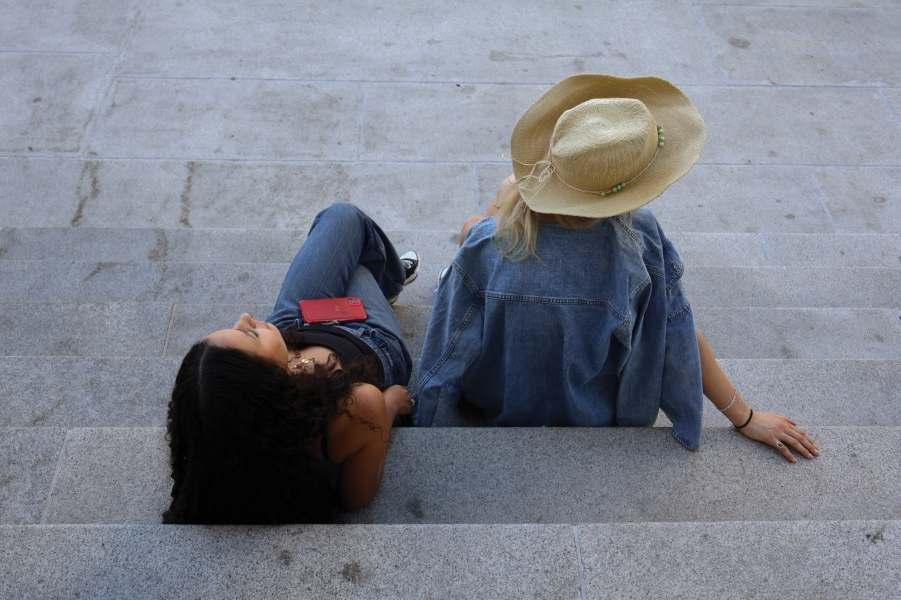
This November, the stakes have never been higher. For female candidates, the battle they have to overcome to obtain authority is reflected in the way female political dress blurs the boundaries between femininity and authority. The pantsuit is synonymous with Hilary Clinton and Margaret Thatcher, but in fashion, it is also synonymous with strength and boldness. In the same breath, Alexandria Ocasio-Cortez has made her trademark strong red lipstick and hoop earrings part of her brand, a method to assert her Puerto Rican Latina origin and subvert conventional notions of what a politician “should” look like. It’s a reminder that fashion is about identity, and in politics, identity is everything. The entire world has been watching this election, laughing, cheering, crying, and praying. Viewers not only analyzed every word, eye-twitch, or question dodge, they also recognized how clothing silently screams the things politicians do not say out loud. Both candidates arrived at the podium dressed in what they believe. If we’re not careful, the lines between spectacle and substance may start to become blurred, leaving us to wonder if politics has become just another form of entertainment. We’re not just voting for policies; we’re casting ballots for characters in our nation’s next award-winning horror movie.
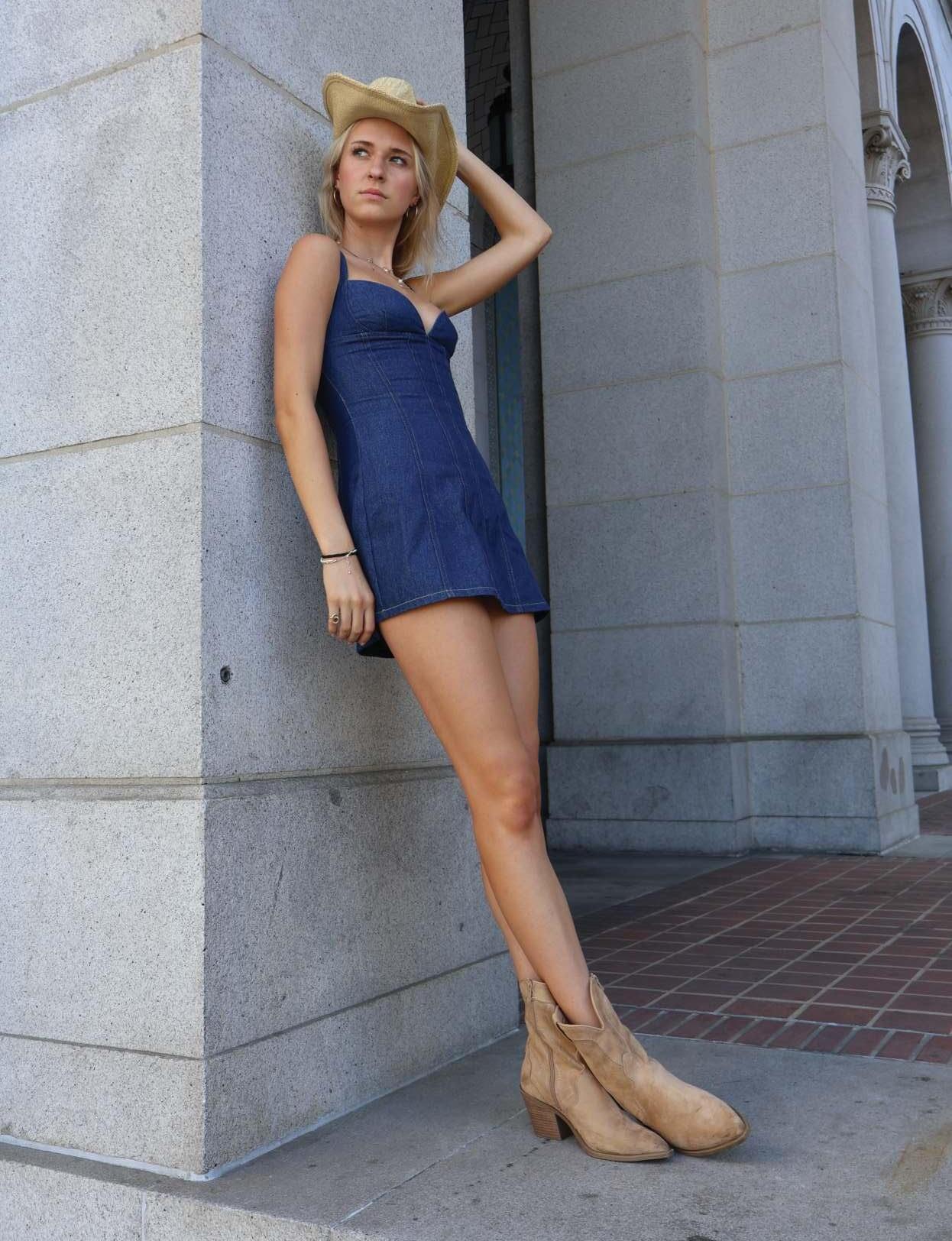
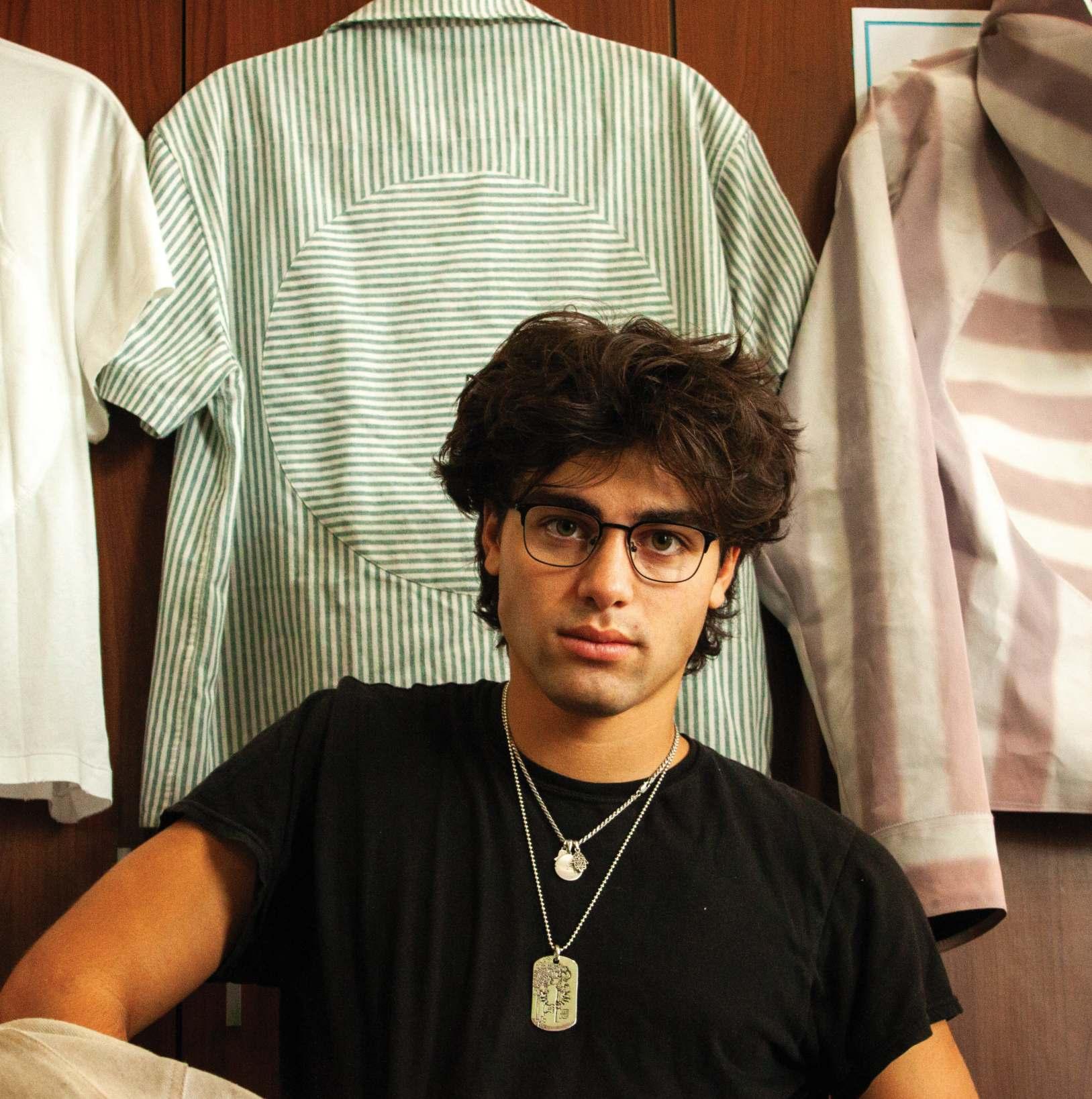

DonebyLukas is far from done
I first spotted Lukas Ross sitting in the sun - laptop open, harddrive plugged in. He was immersed in work, conceptualizing a sneaker line that uses Artificial Intelligence to craft the “perfect shoe.” A midterm project for his design class at USC, the shoe line would be equipped with technology to understand a runner’s medical history, physical fitness levels and foot anatomy for optimal performance and comfort. But that conversation was a tangent. Really, we sat down to discuss DonebyLukas, his passion project and clothing brand.
With a following of over 400,000 users across different social media platforms, DonebyLukas has carved a name for itself with reconstructed shoes, up-cycled patchwork denim and embroidered fleeces. The brand’s vibe? Raw, boxy cuts and a grungy edge that are juxtaposed with softer hues. His pieces are laid-back and effortless but, at the same time, never modest and always eye-catching.
Lukas Ross isn’t afraid to push boundaries. His garments frequently combine unconventional elements, such as when he repurposed Louis Vuitton dust bags into face-masks. For him, fashion is about taking a timeless piece, flipping it on its head, and making it fresh, relevant and daring. His distinct signature is a large circle, sewn into the back of button-up shirts.
With the breadth of his designs, it was surprising to learn that, for Lukas, sewing began as a necessity. Before clothes, his first passion was skating. Tired of repeatedly tearing his clothes while at the park, he took matters into his own hands–literally–repairing each hole by hand, giving each garment another life.
“I kept ripping all of my clothes, every single day in middle school,” he laughed. “My mom would tell me I looked like a hoodrat. So, I learned.”
But those afternoons at the skatepark also grew in him a “hyper-awareness for style and a sharp eye for clothing,” he said. Fellow skaters he was surrounded by inspired his stylistic vision, which continues to bleed into his creative endeavors today.
Born out of his childhood bedroom in the Bay Area, DonebyLukas expanded through the years, to his freshman year at the Rhode Island School of Design (RISD), to Los Angeles, where he is currently a junior design major at USC Roski.
Los Angeles is a city that feeds off of creativity, and Lukas made the decision to transfer in order to participate in its contagious environment. But shifting from RISD to USC challenged him to find an audience despite their vastly different groups of people.
“The demographic of students that you surround yourself with is a great reminder of who you want your own audience to be,” he said. “RISD was a very eclectic art school with grungy, edgy, art kids. Coming here, it’s the complete opposite - a majority of the people that I see are fraternity guys and sorority girls… Both are people who I want to enjoy my clothing, but they’re completely different - they enjoy different things.”
At the end of the day, as he says, “good design will be good design, no matter the person.”
In Lukas’s eyes, clothing is a conduit for connection and self-confidence. When Lukas returned to the skatepark, he faced tough critics. Teenage boys are not quick to celebrate their friends’ creative endeavors, especially when those endeavors involve a decidedly uncool hobby such as sewing. “The tides were changing,” he reflected, undeterred. Therefore, his aim became to create clothing people could wear to feel that same confidence and bold inspiration he felt in the parks of his youth.


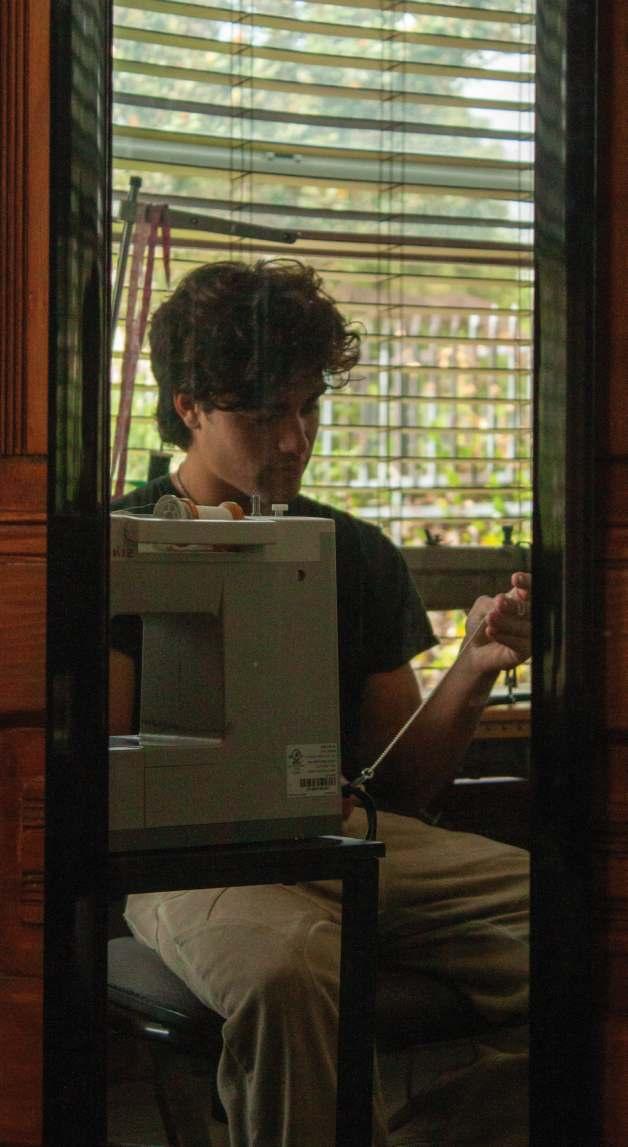
“I’ve gotten texts from friends and emails from customers that have said, ‘every time I wear this shirt, I get compliments.’ Maybe this person was insecure, and they put on my shirt and received a compliment, and it made them feel better about themselves. I think that’s the best feeling I’ve ever had.”
Most recently, a collection of his pieces were showcased at the USC Fashion Institute Association’s Spring show ‘Sonder,’ which brought together the work of several young, Los Angeles based fashion designers.
When I asked Lukas “What comes next?”, he answered quickly. He knew what he intended to pursue. “Shoes” he said with no hesitation. Pinned at the top of his instagram, boasting 24,000 followers, is a post announcing a pair of his newest creation–pink bulky shoes made with aniline leather, a material intended to absorb dye whilst maintaining the hide’s natural markings and texture. The shoes remain true to their roots - organic and authentic - but their bold color ensures they demand to be seen. Their name, “Voyager boots,” is appropriate for both the shoe and the brand. DonebyLukas is for the voyagers and the goers - the people searching for something more.
Make no mistake – DonebyLukas is not a hype brand nor a skate brand. It doesn’t beg to be defined. The wearers are what make the brand. Focusing on good design, good materials, and good people, DonebyLukas is for the free thinkers, the dreamers, the realists and everyone in between.
“I would love to get my clothing all over the world. I’d love for someone to be wearing it on the streets of London, and I go up to them and say ‘Oh my God. I made that shirt.’ I’d love for the brand to become bigger than myself.”
Through talking to Lukas, one thing is clear. Lukas is not done.
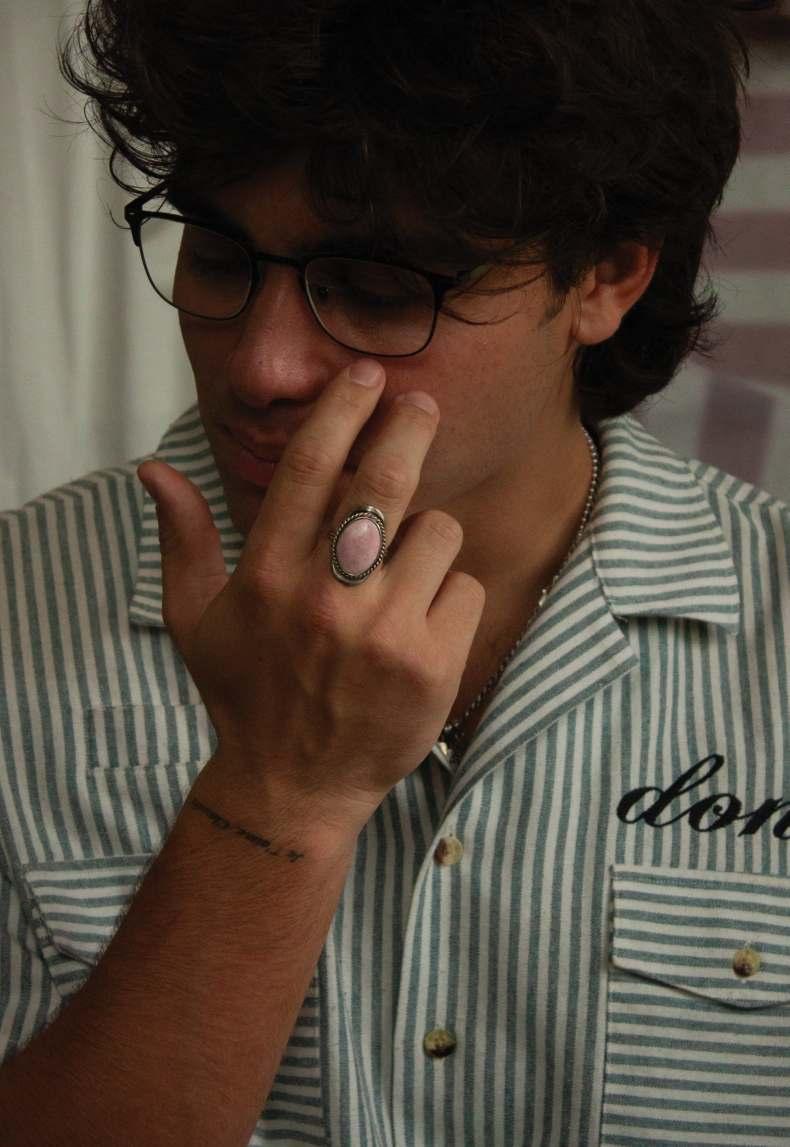
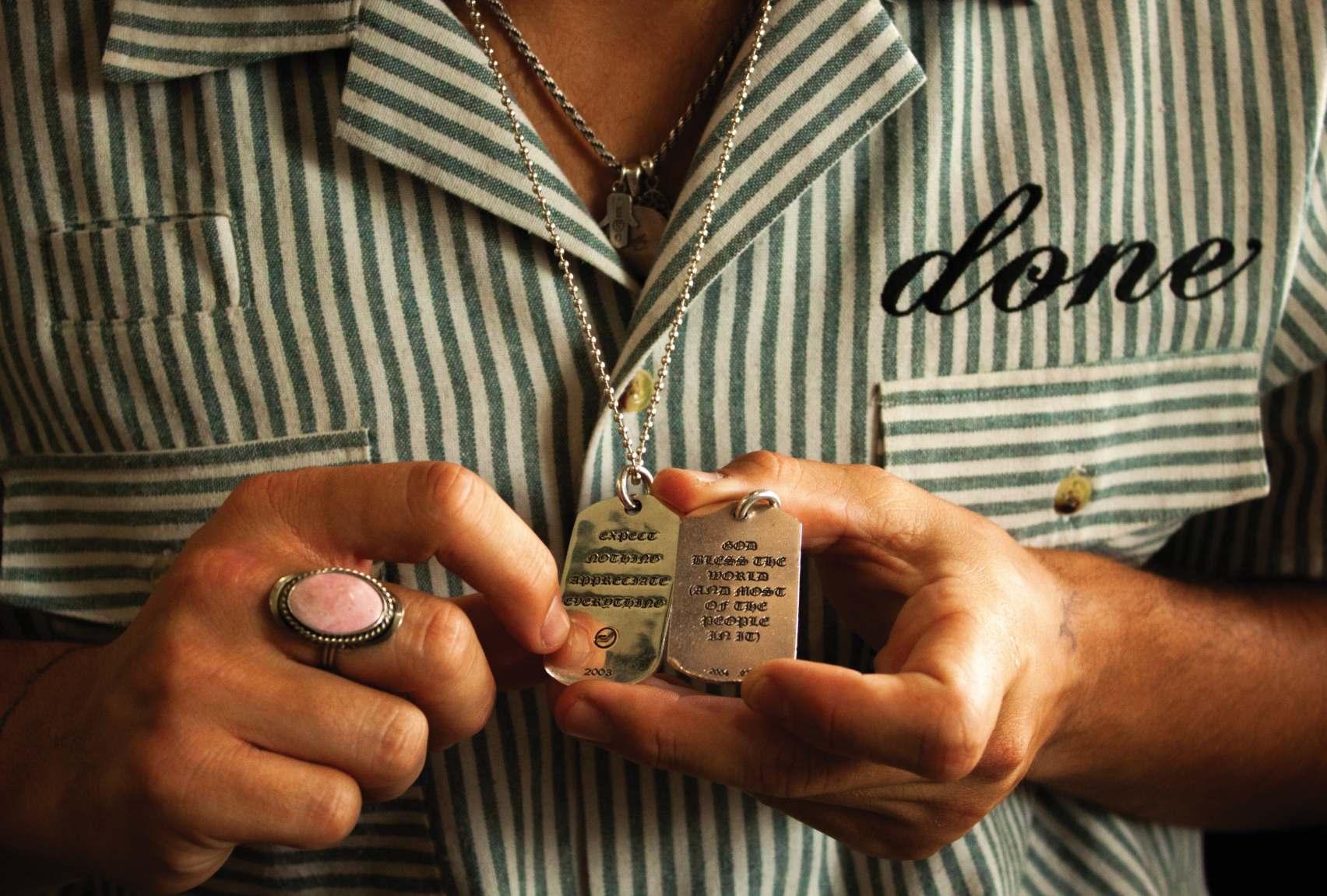


Thousands of years ago, people adorned themselves, as depicted by historical tomb paintings found in the British Museum. Centuries later, we still take pleasure in decorating ourselves with a myriad of metals and other textiles to enhance our look. Tucked on the illustrious Melrose Avenue, there is a Los Angeles Native who has a fervor for self-embellishments, just like those from Ancient Egypt.
“[Jewelry making] is more of a recent endeavor coinciding with the shop, but I’ve always been super creative and had an entrepreneurial spirit,” says CharmedLA sole-owner and founder,CJ Saquing. She has a background in music, previously working as a songwriter and producer.
“I think I got a sense of business by working with other artists over the last few years and I have always been really passionate about creativity and creating that sense of community within my friendships, music, and online.”
The vision behind CharmedLA spawned at the end of 2023, construction took place in March of 2024, then the store officially opened on May 3rd. With less than a year under its belt, it has already solidified its place in the beauty industry by collaborating with top brands like Rare Beauty by Actress Selena Gomez. Saquing added, “I can’t believe that this little 700-squarefoot shop has led us to Selena Gomez. It’s so crazy to me and it’s so flattering.”
Being a female founder breaking into the competitive fashion industry in Los Angeles, Saquing wants to move with integrity—she knows she can’t control reviews. “I think from a personal standpoint, we always aim to do the best thing we [can] do and provide the best experience, but some things are out of our control,” added Saquing.
“When I started I thought the most challenging thing would be getting the word out, but word of mouth and being consitent with social media... brought people. The most difficult thing has been letting go of control and having a certain level of leadership, but I’m learning so much. You can only do your best and if you do that you are on the right path.”


She has been dedicated to her brand by creating innovative pop-ups with different beauty companies, like Everlane Clothing and PaintLab Press-On Nails, which attract hundreds of customers.
As for future endeavors, Saquing hopes to widen community outreach. She said, “I would love to support any other female entrepreneurs-led brands. We have had community events led by women for women a couple times a month in the shop since we’ve opened. I’m Filipino-American so any way that I can support the community and help other female entrepreneurs and Asian-American entrepreneurs is really important to me.” Saquing has aimed to inspire other young women to break stereotypes and take away the fear of being creative by creating this safe space for her customers at her business.
CharmedLA emulates a vibrant aesthetic driven by their active social media presence. At the same time, CharmedLA advertises that everyone has a reason to make—and rock—their pieces, from bachelorette events, children’s birthday parties, to mother-daughter dates. She added, “I love bringing people together... that is the most important theme that exists in why I think Charmed works. It’s bringing women together,” she said. With her attachment to preserving. girlhood, she says “It’s about finding ways to stay connected with the ‘girl’ versions of ourselves and to see women coming in and doing that together is really sweet... It’s so beautiful to see so many women of all ages come into the shop. Getting to witness all these milestones of what it’s like to be a woman or a girl is such a beautiful humbling experience.” The world of Charmed is inviting and warm. According to Saquing, the organic familial touch can be attributed to her father constructing the store’s shelves and her mother painting the walls. To this day, her parents spend time in her shop. By making Charmed a personalized “do-it-yourself” activity, it separates itself from other brands and allows customers to bond while creating a unique and personal experience for them. Moreover, customers have that creative freedom at an affordable price tag. Their menu offers a variety of different materials, but the standard charms go for $3 to $5, and standard chains for $14 to $16. “I think LA is a very expensive city and the economy is challenging; I didn’t want to alienate anybody ... I wanted to make it accessible because I know that everyone is out working so hard so if you are going to spend your Saturday driving to West Hollywood, I want to make it fair and enjoyable.”
If you choose to spend your money on Charmed, just know there’s no rhyme or reason behind the design. According to Saquing, “It’s all up to your taste. Some people are minimalist and some people are maximalist but the necklaces are a reflection of you. It has to be authentic to you. Follow you, be you.” So take that advice and run with it. Disregard the words of Coco Chanel when she said, “Before you leave the house, look in the mirror and remove one accessory,” let’s pile on more accessories and enjoy them, just like our ancestors did back in 3000 B.C, but this time in West Hollywood. CharmedLA is a place you can return to time and time again, each visit creating an entirely new piece that is, not only beautiful but a ticket into a community that supports all customers being uniquely “you”.
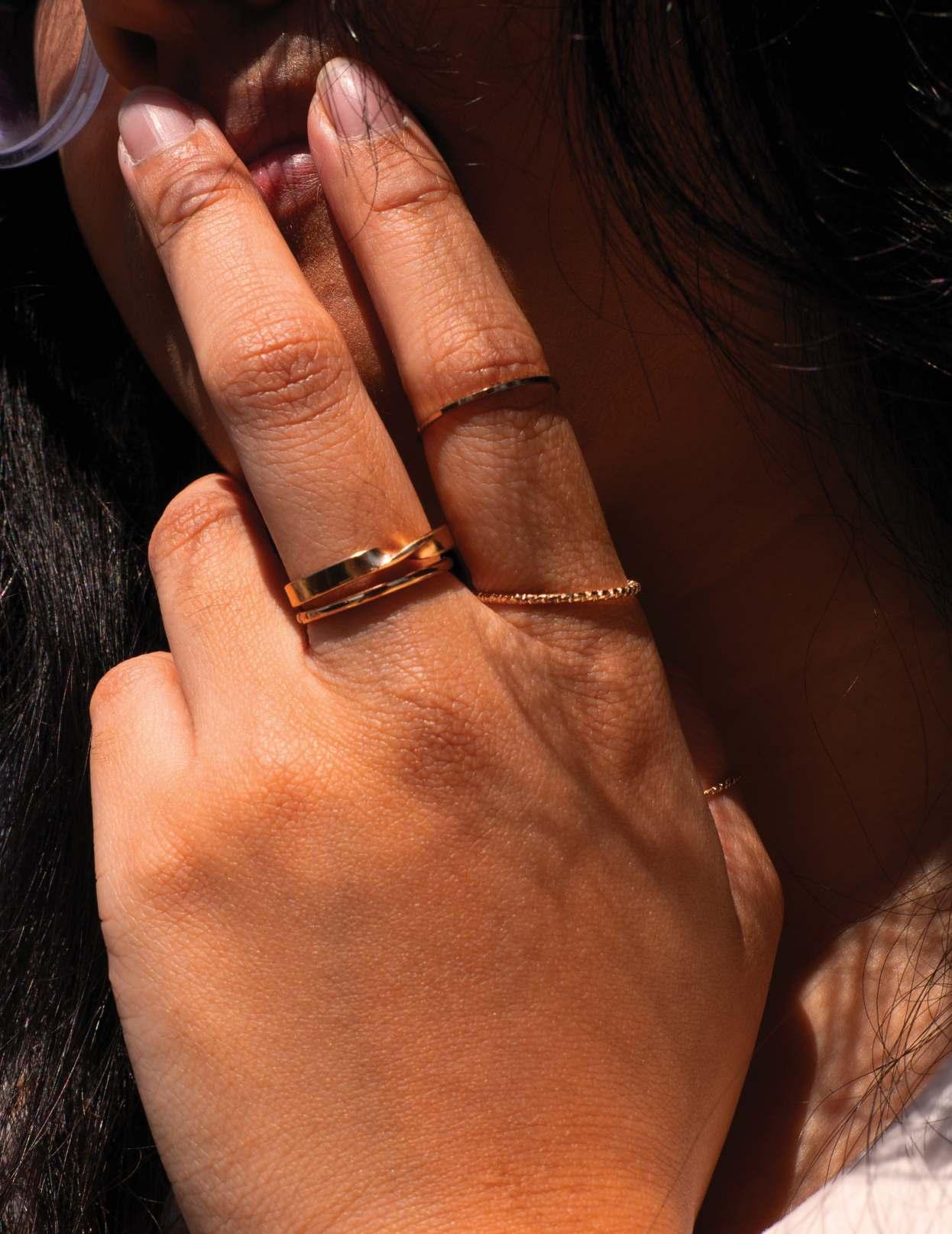
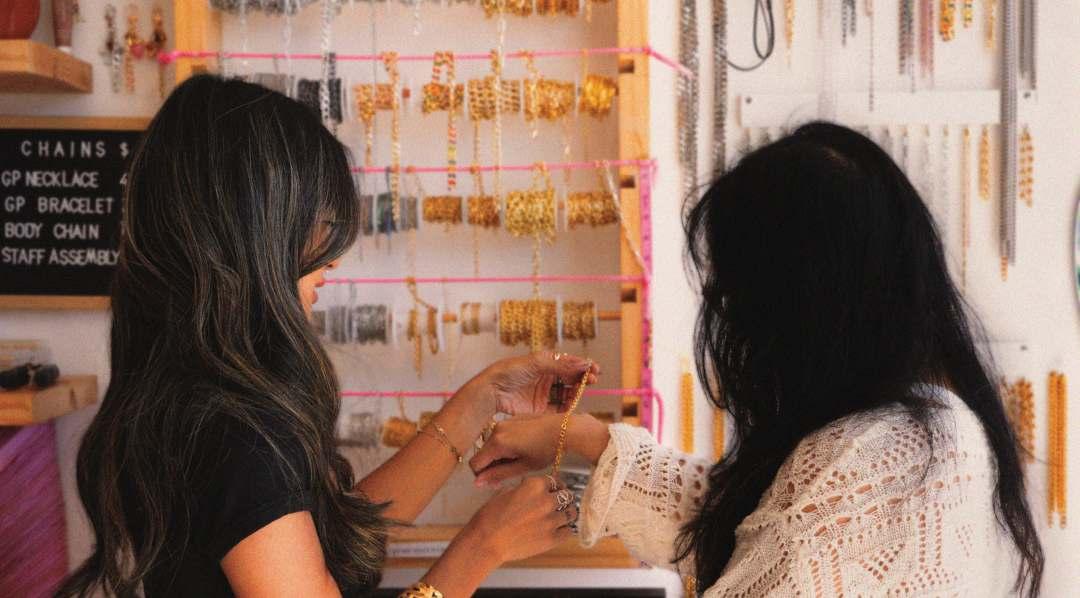


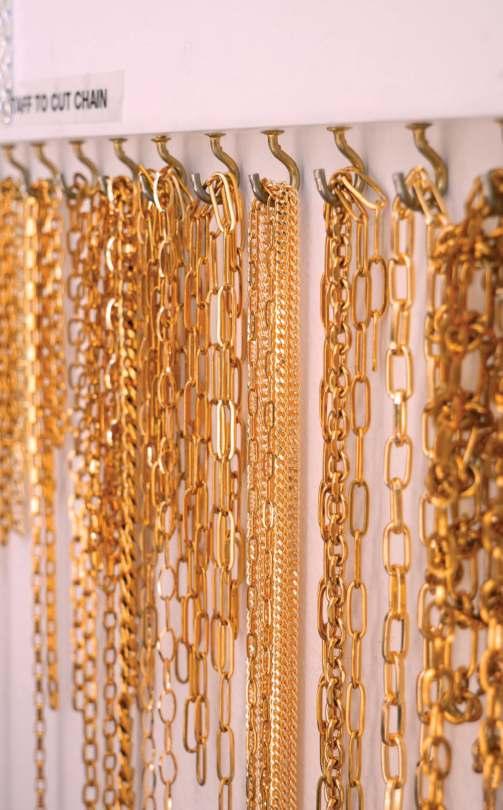
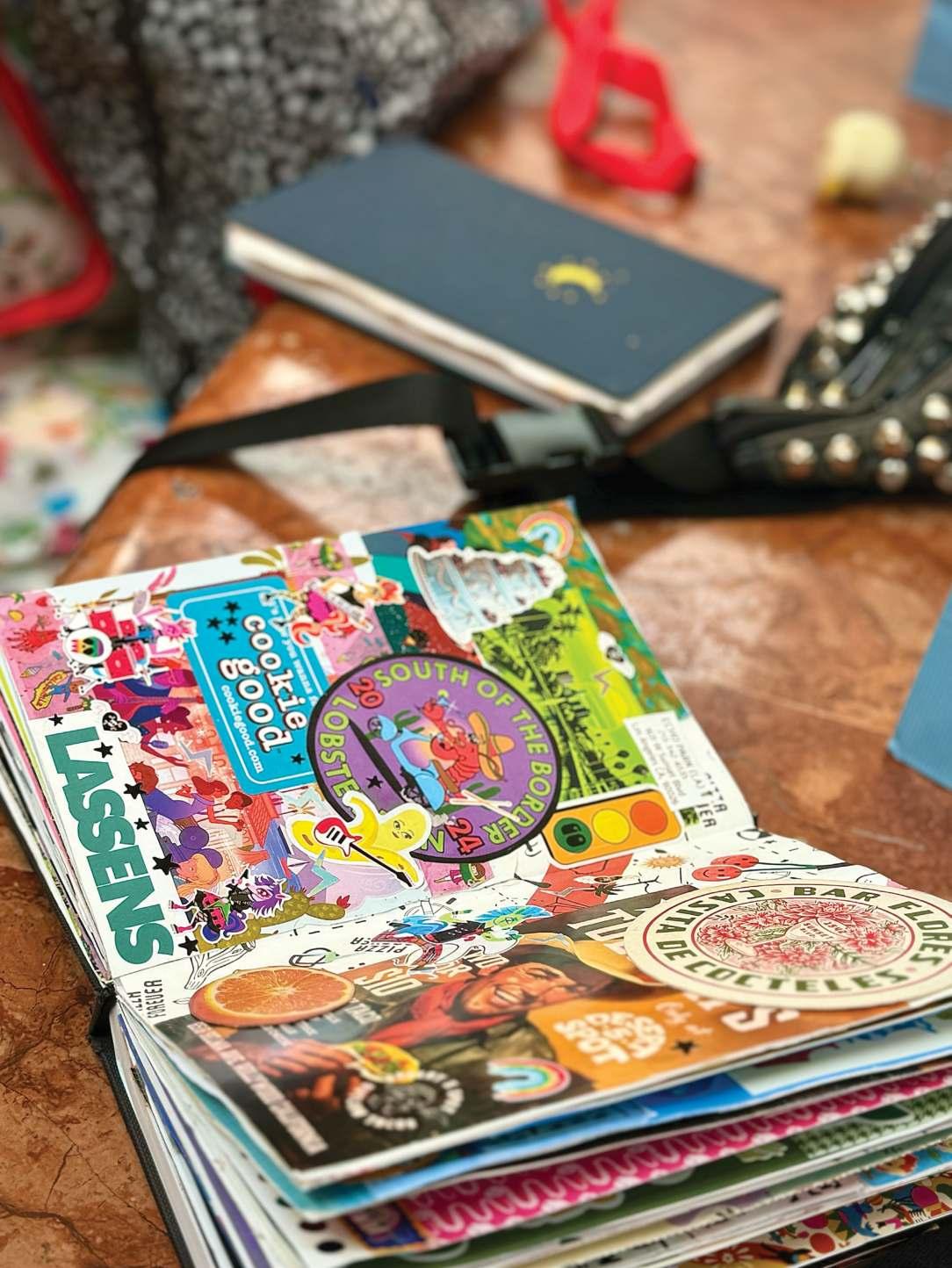
A new crafty community in LA
“What are your hobbies?” might be one of the most dreaded questions for us to hear. For those of us who are artistically challenged – can’t sing, paint, draw, or sew– it can be easy to lay in bed, open TikTok and doom-scroll for hours alone in the dark. Embarking on a new activity is challenging and scary. Thankfully, Nandi Owolo has found an answer for hobby-less people looking for community and activity. There is a way for non-artists to be crafty: junk journaling!
In August 2024, Nandi founded the Junk Journal Club in, an LAbased monthly meetup and digital community that connects people through an innovative, crafty form of journaling. She explains:
“Junk journaling is a combination of journaling, scrapbooking and collage art. In the most literal sense, a junk journal is a book of recycled material: food labels, receipts, etc. But at its core, it is about memory keeping. It allows you to look back at experiences in the form of physical media.”

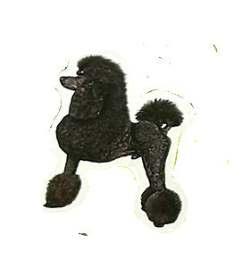
Nandi pioneers the sentiment that making something creative does not require skill. There is beauty in simplicity. “I cannot draw, I cannot paint, I cannot crochet, but I can glue things down in a junk journal and create a collage. And so for me, it’s a way of being crafty without having to necessarily learn an entirely new thing.”

In addition to being a fun creative outlet, junk journaling is a great way to unplug, reflect, and practice mindfulness. After breaking her foot last year, Nandi was homebound for nine weeks. Unable to do many of the activities she loved, stuck to her computer, she discovered that Junk journaling helped take her mind off of the pain and adjust to her new lifestyle. She reflects:
“Junk journaling was a nice way to disconnect. It allowed me to use my hands. Now, when I need to decompress, or when I’m like, ‘What do I want to do?,’ and I have a little bit of extra time, I’ll do a spread. It’s comforting, meditative, and it allows me to unplug.”
From working at home to living in the sprawl of LA, it can be hard to meet people and form community, especially for newcomers. But, Nandi believes in the value of community. Junk journaling could bring so many people together and forge a myriad of new connections.
“I wanted to create something that was community-oriented and beneficial. I wanted to show those of us who can’t do all those other things to still participate and be crafty girls.
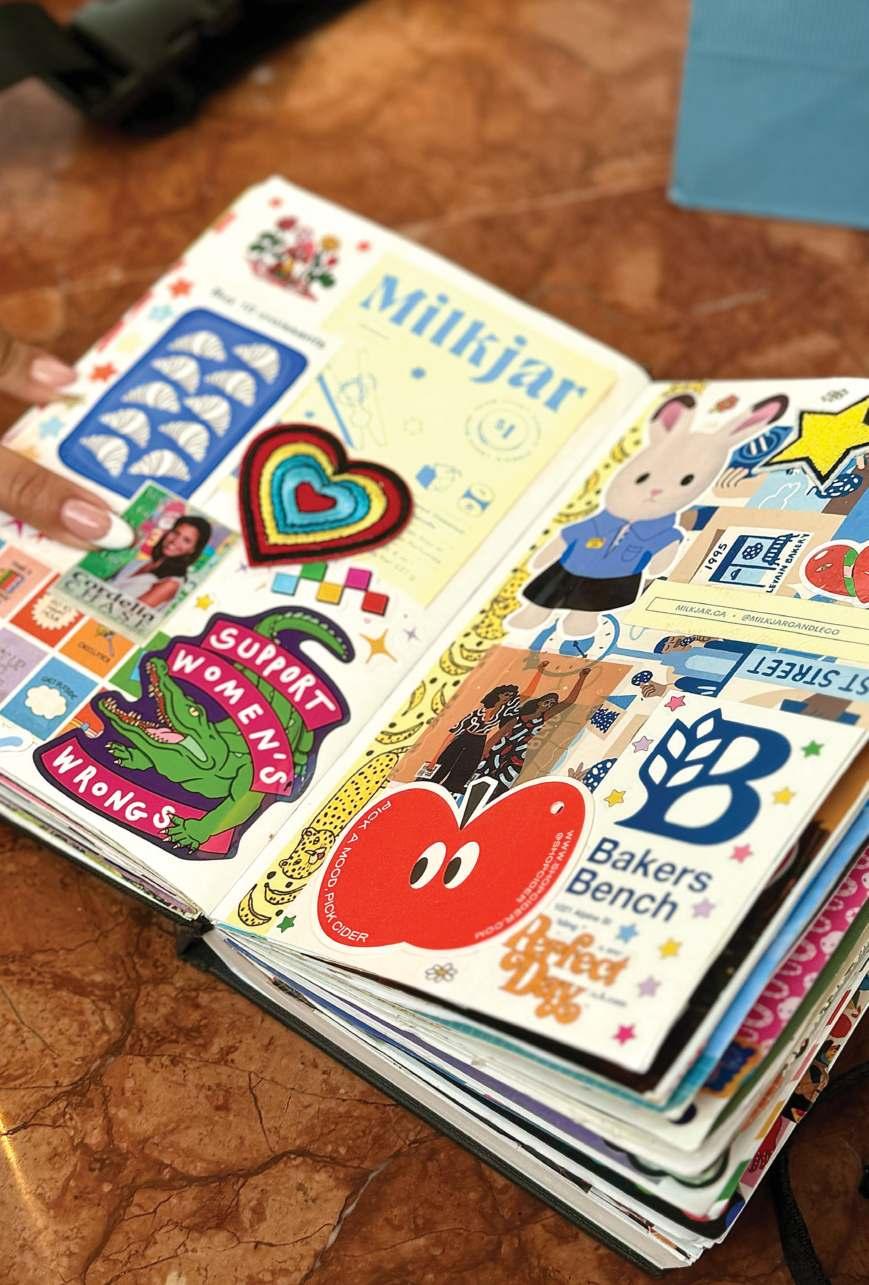
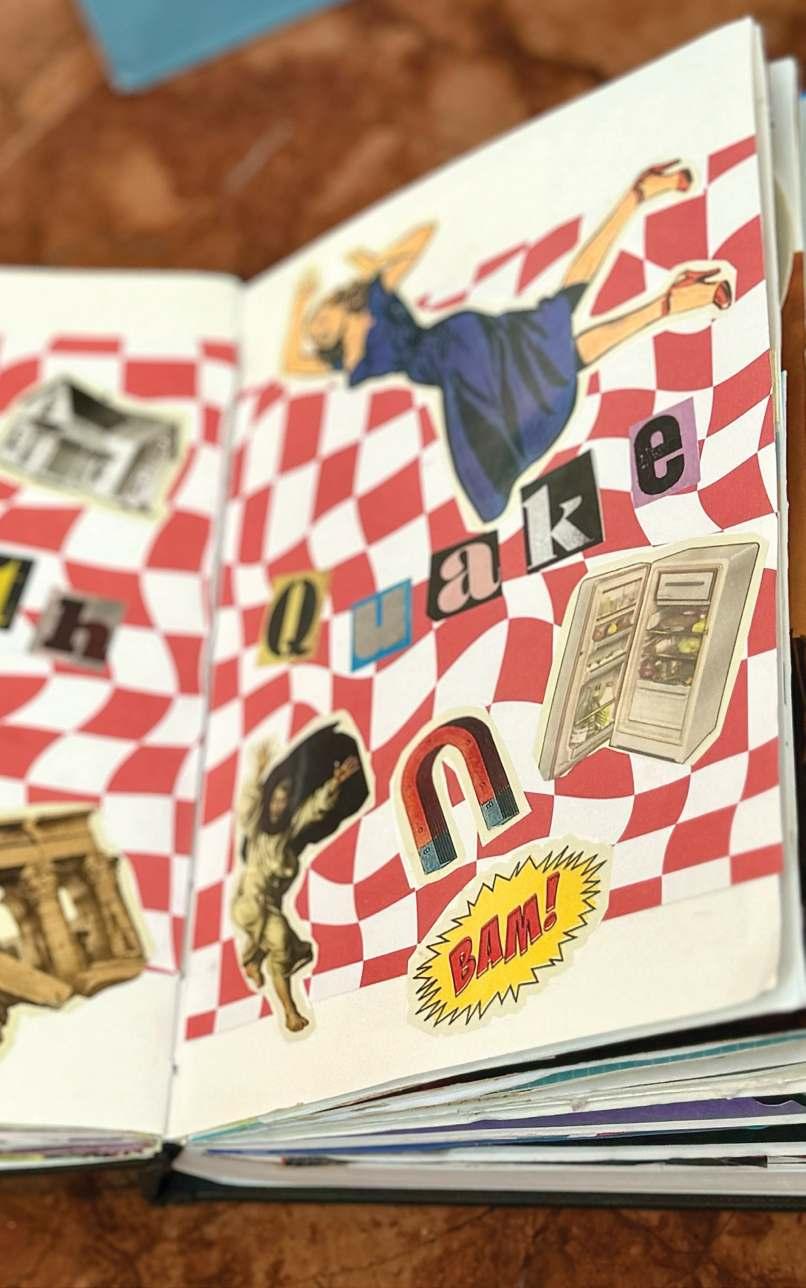
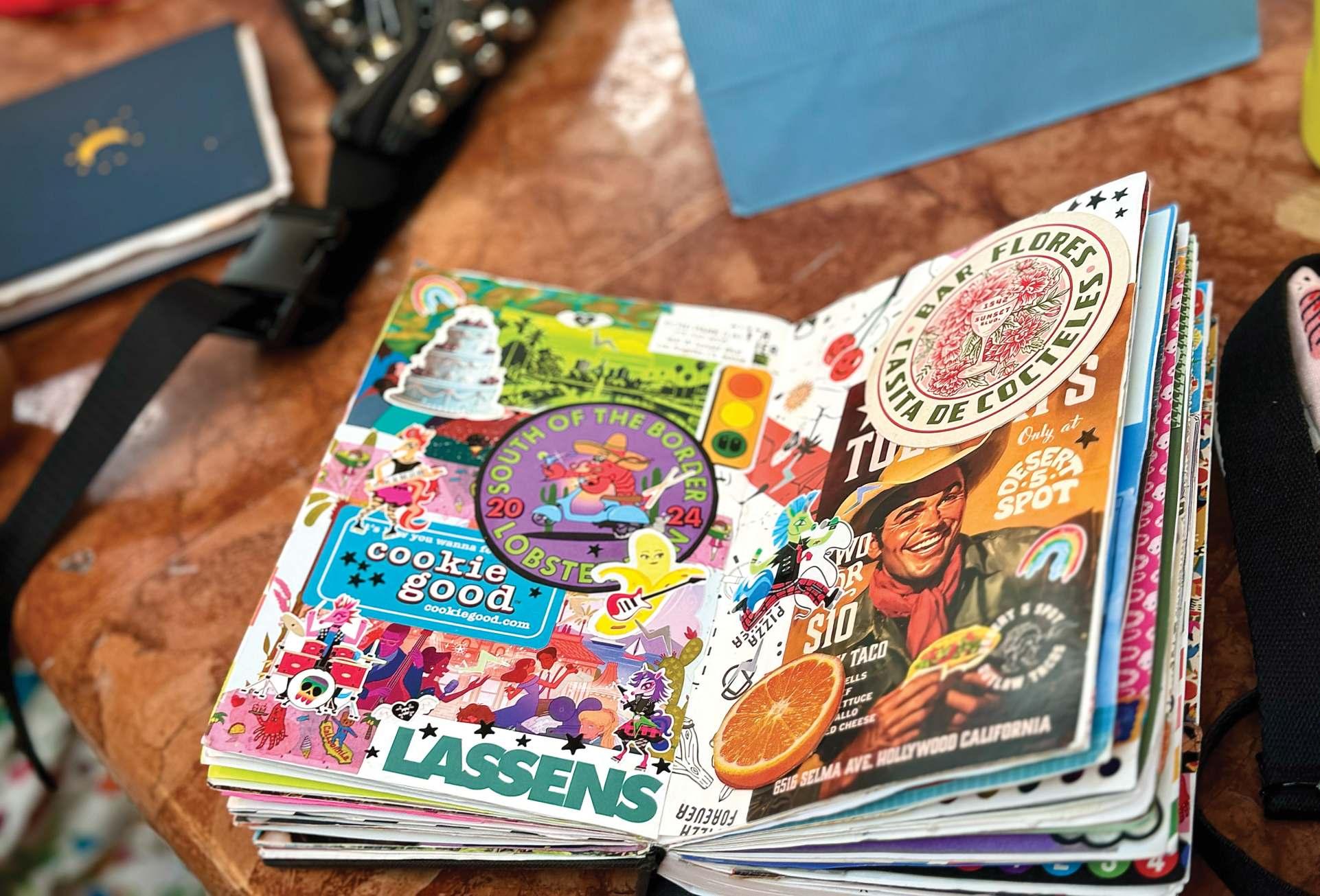
I also attend so many community oriented things in LA, whether it’s reading clubs, book swaps, someone hosting a concert in their backyard, or a fun game night. So, I wanted to foster community in my own way, host the kind of things that I myself enjoy experiencing. Sharing this therapeutic and meditative activity was the thing I wanted to do.”
The Junk Journal Club has been an instant hit. Nandi is gaining traction on her social media accounts. Her online discord and her community meetups are already filling up with waitlists. These events include snacks, music, art supplies, and new friends. She reflected on her most recent events:
“It warmed my heart to see the grass filled with a bunch of people journaling. And I find, too with the meetups, that most people actually come alone, but almost always, when you look at the crowd, someone’s befriended someone like no one’s by themselves. It’s a very solo, friendly event. People always walk away having

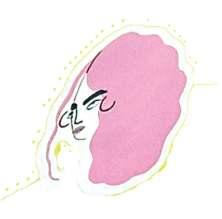




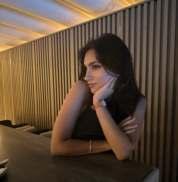

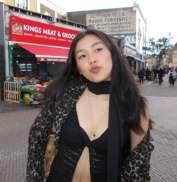











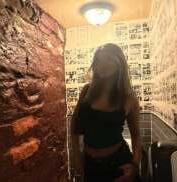




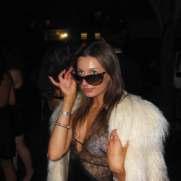

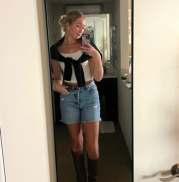
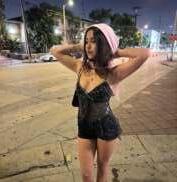




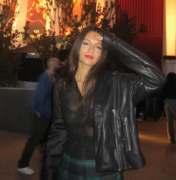
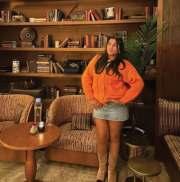

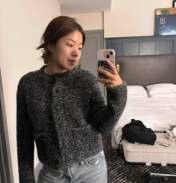

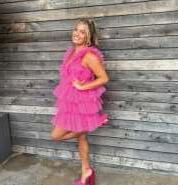


and the outfits we wear...